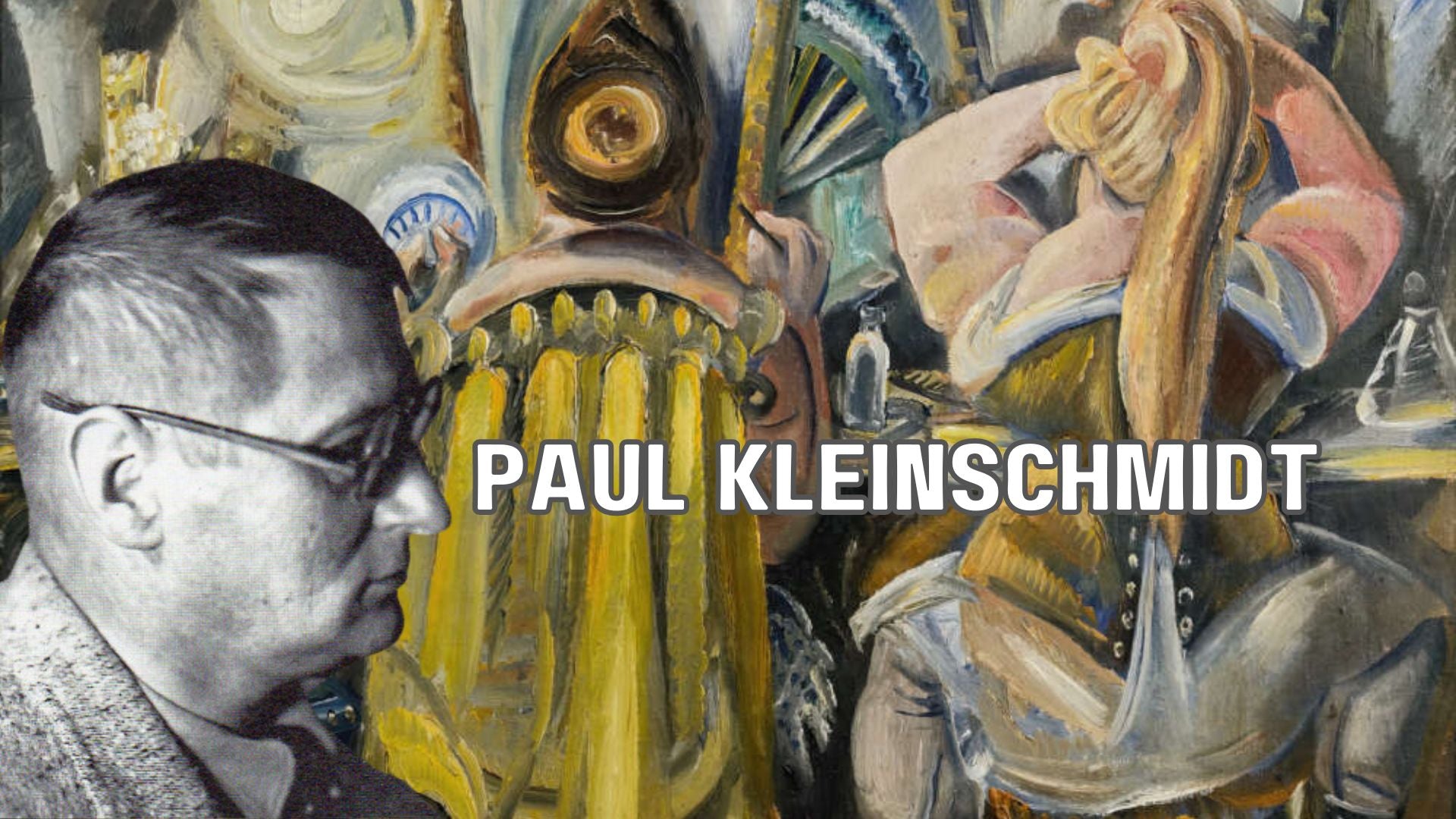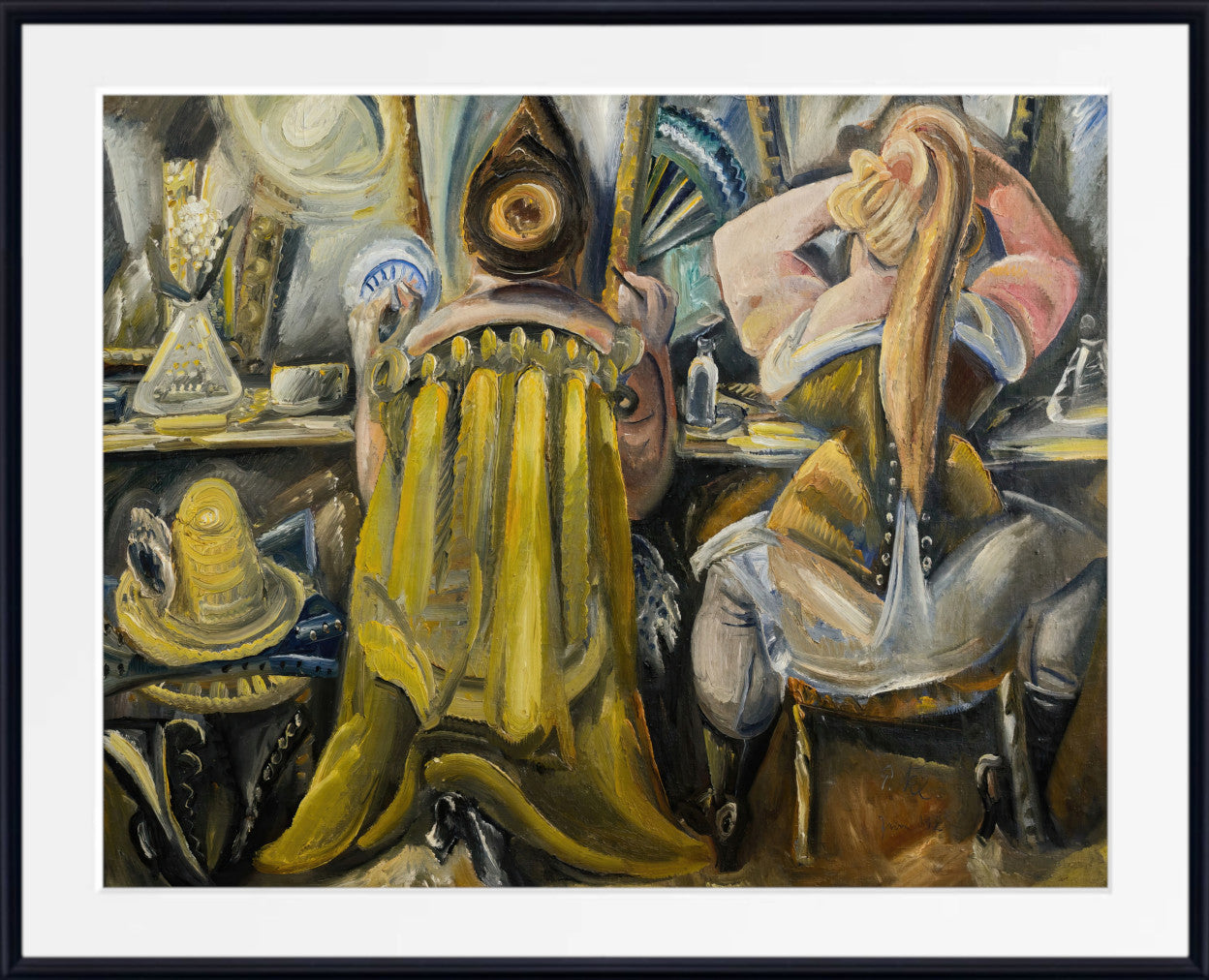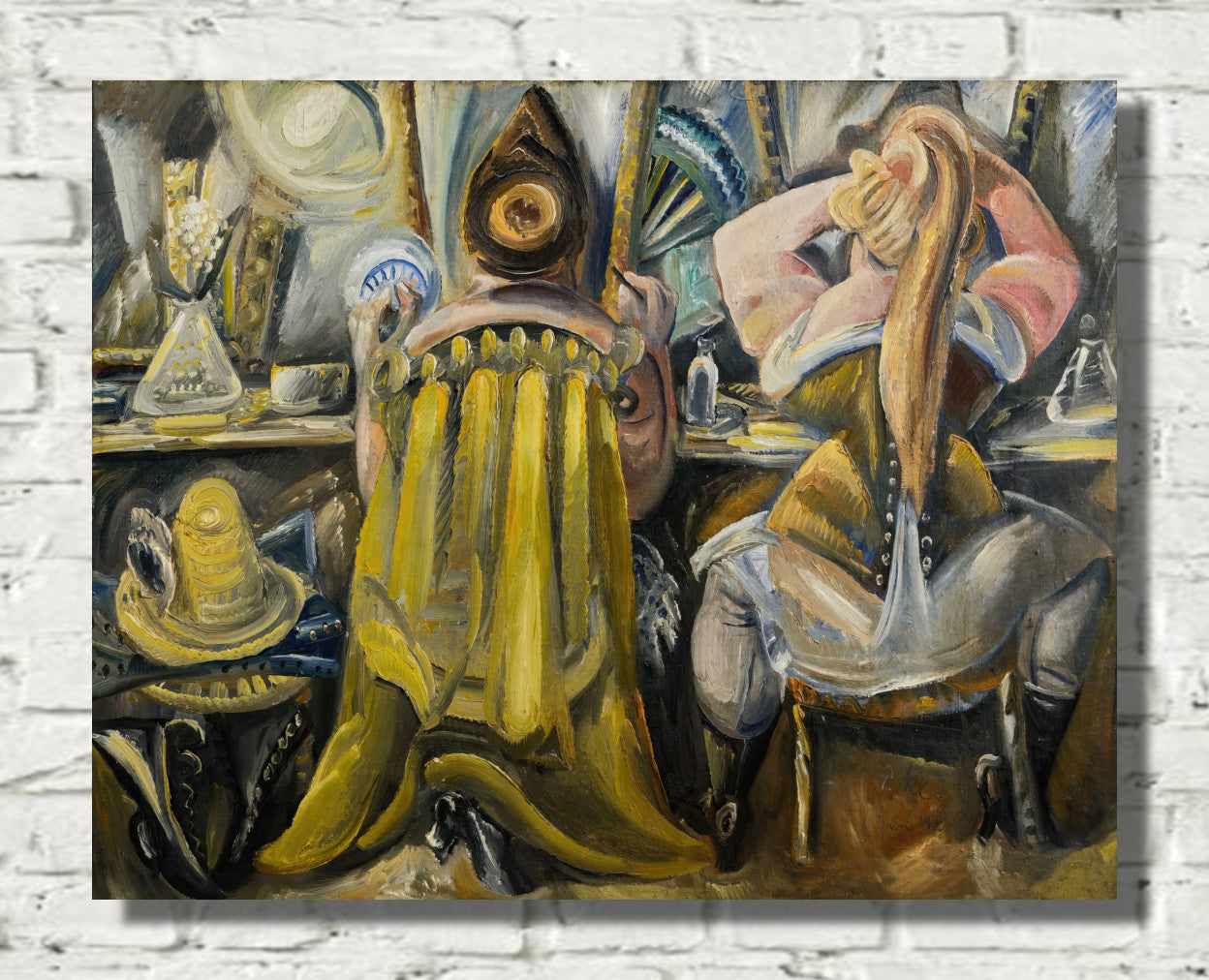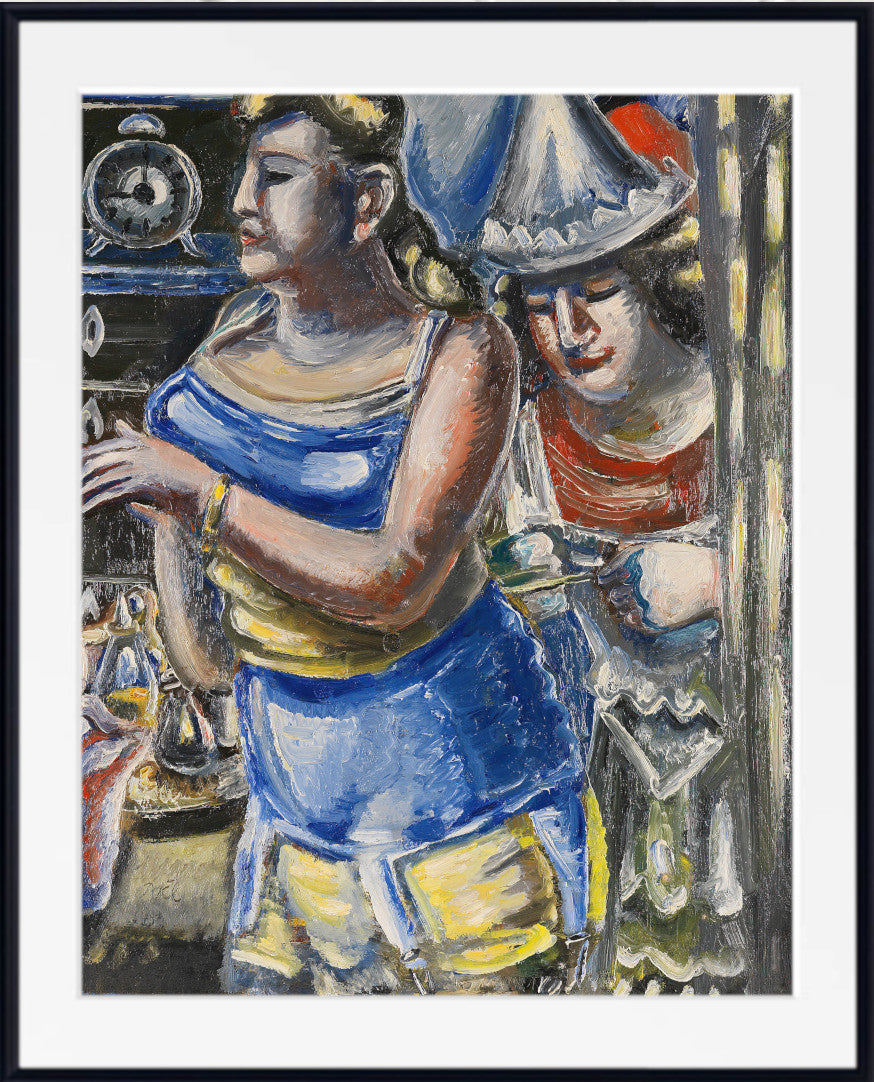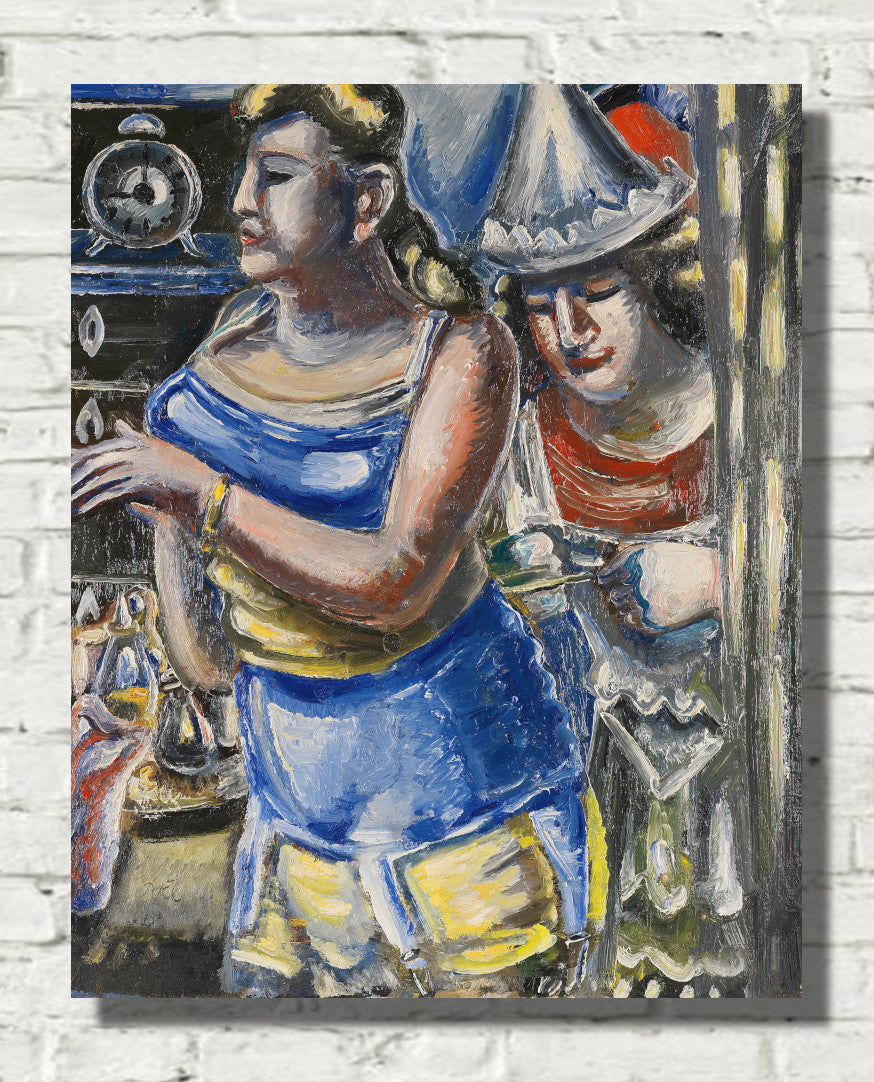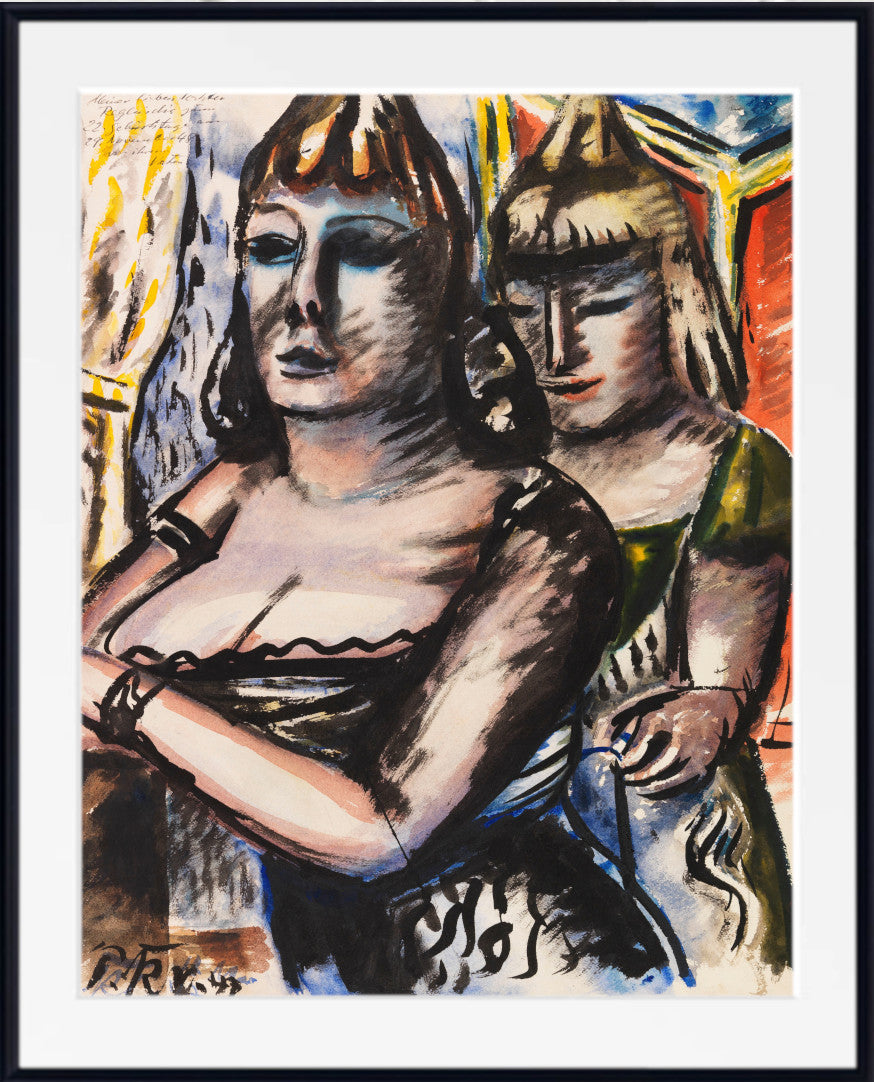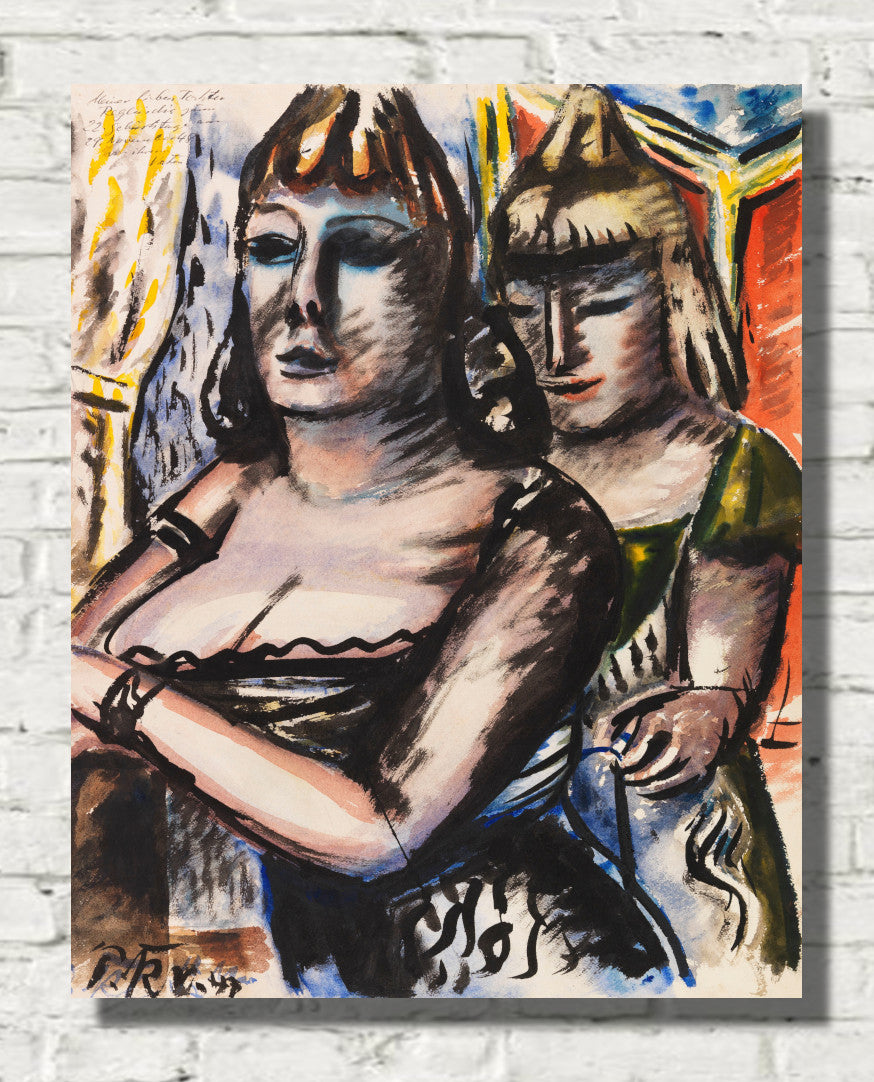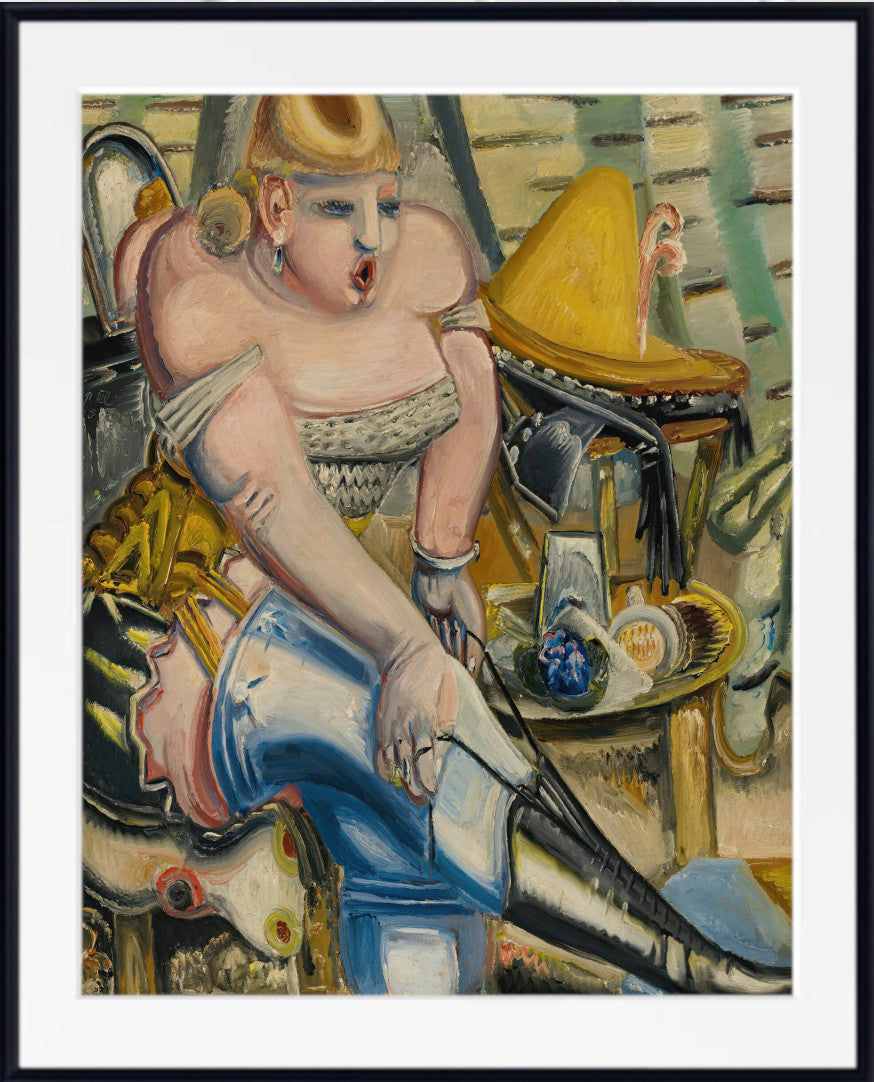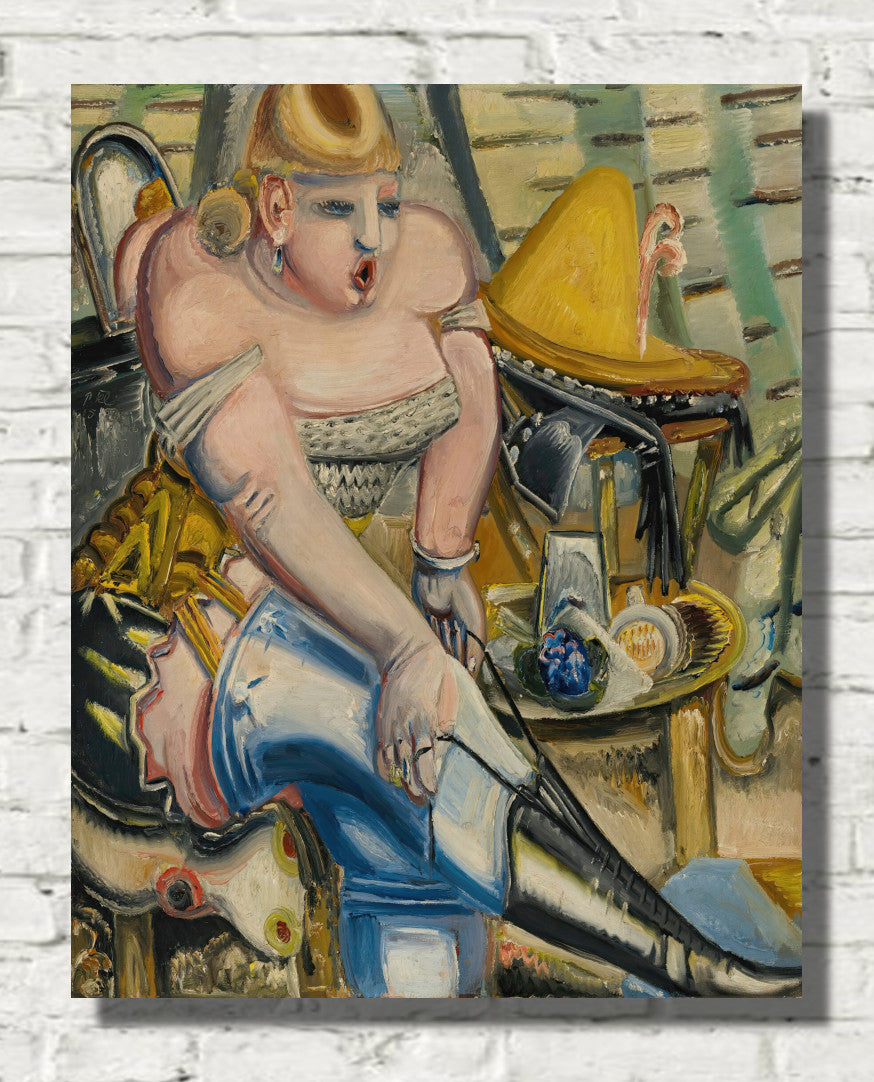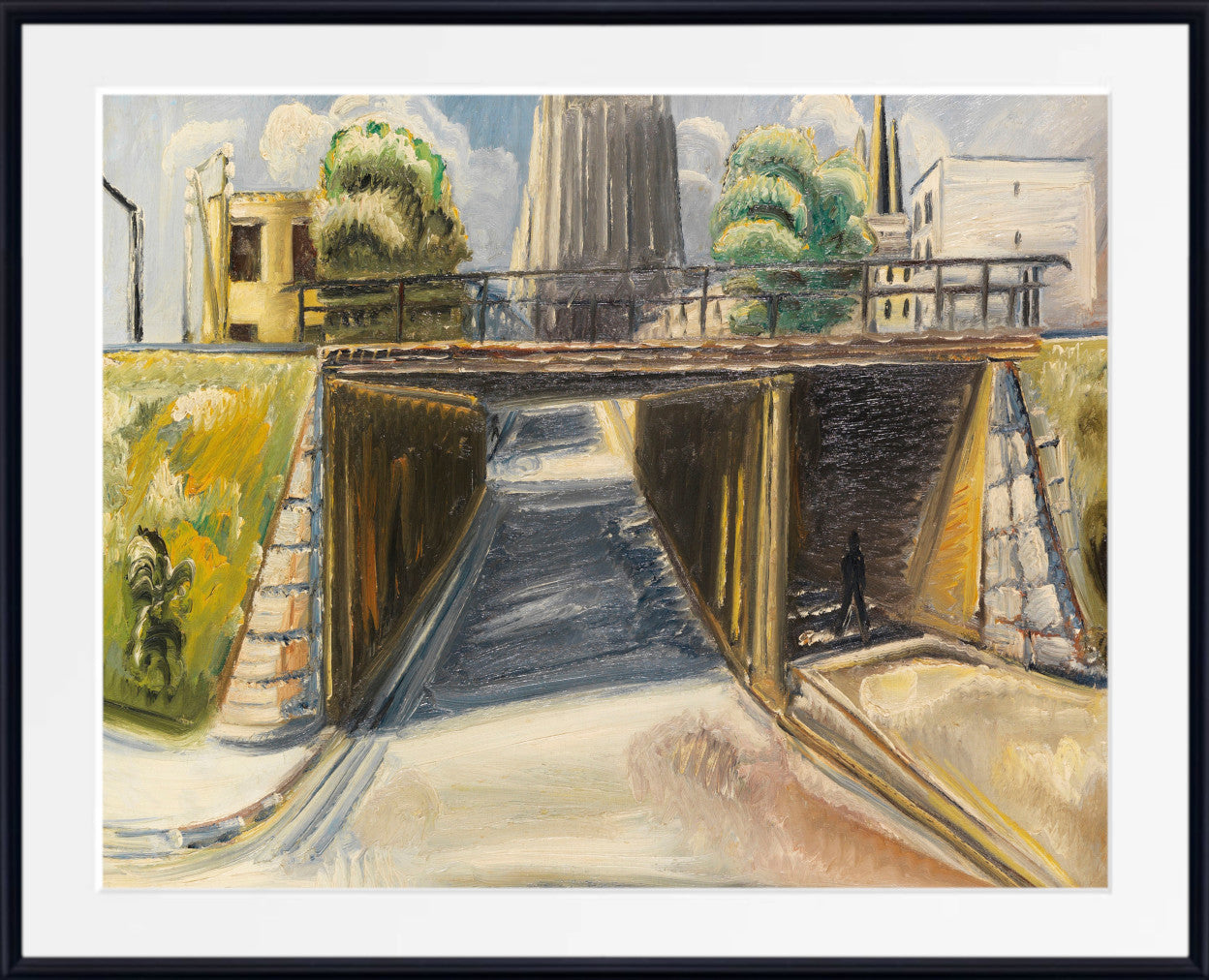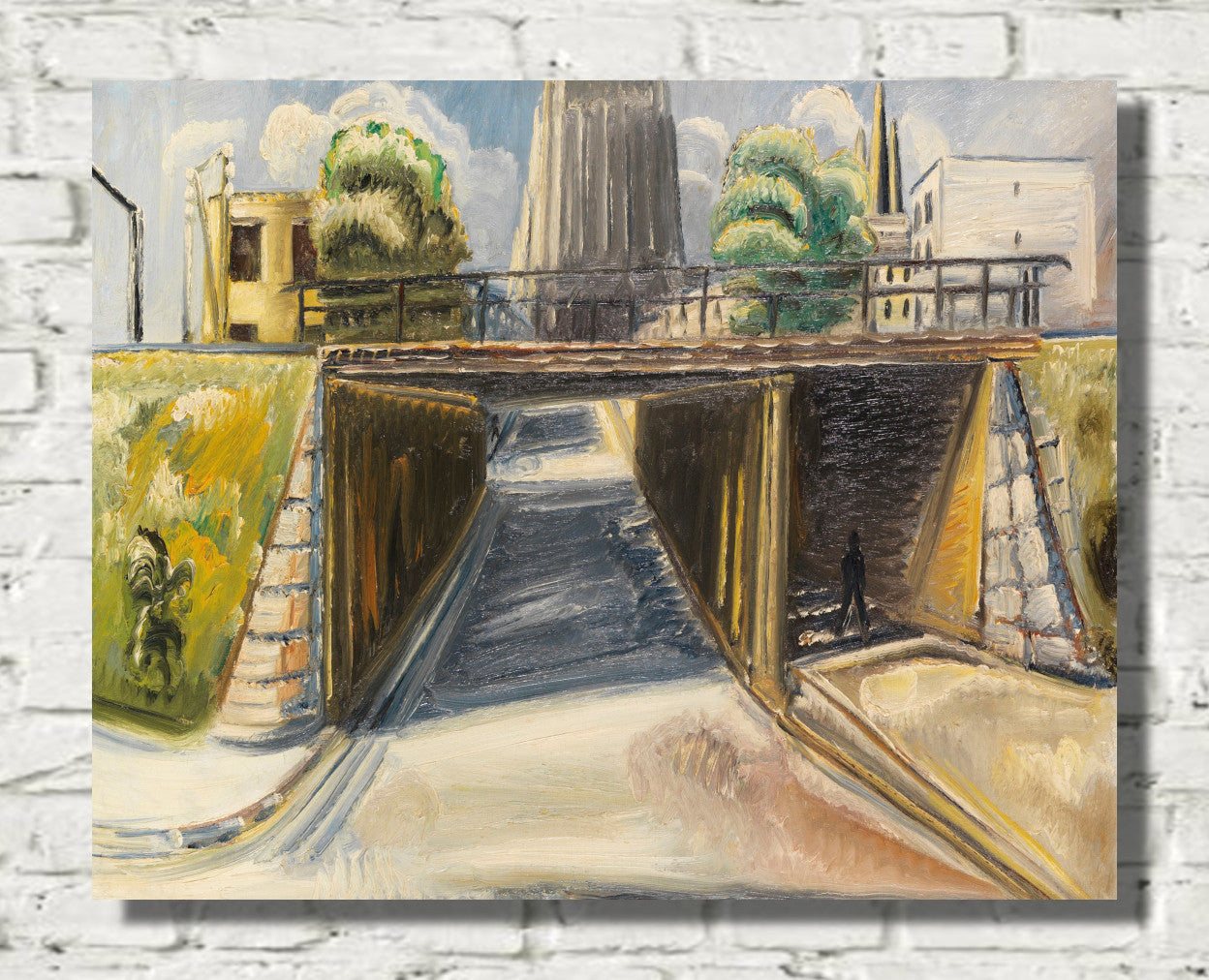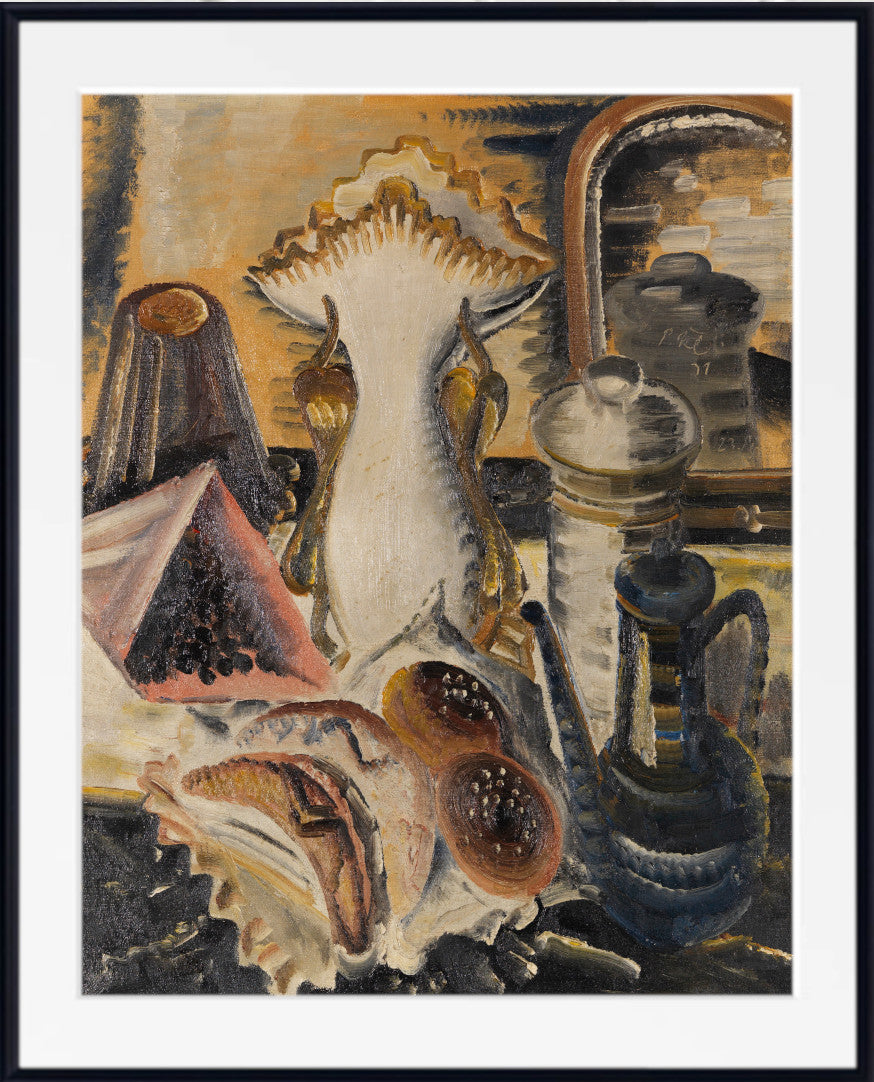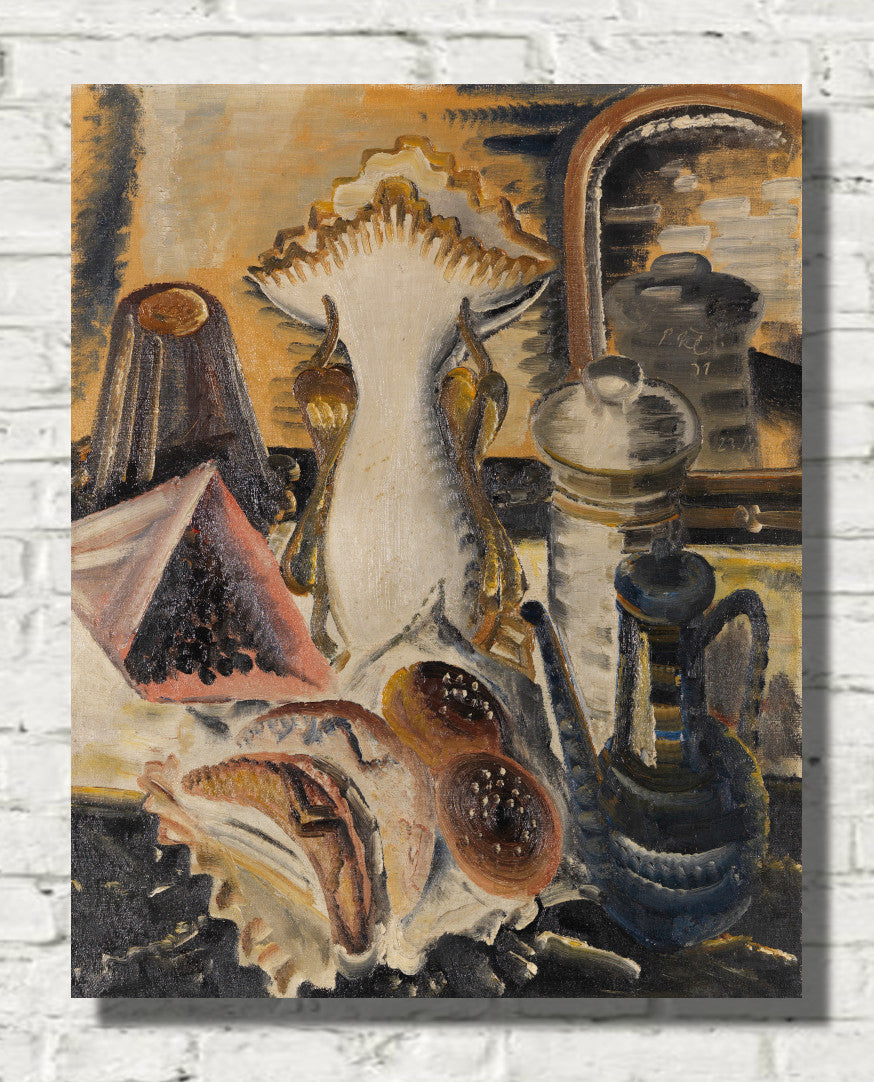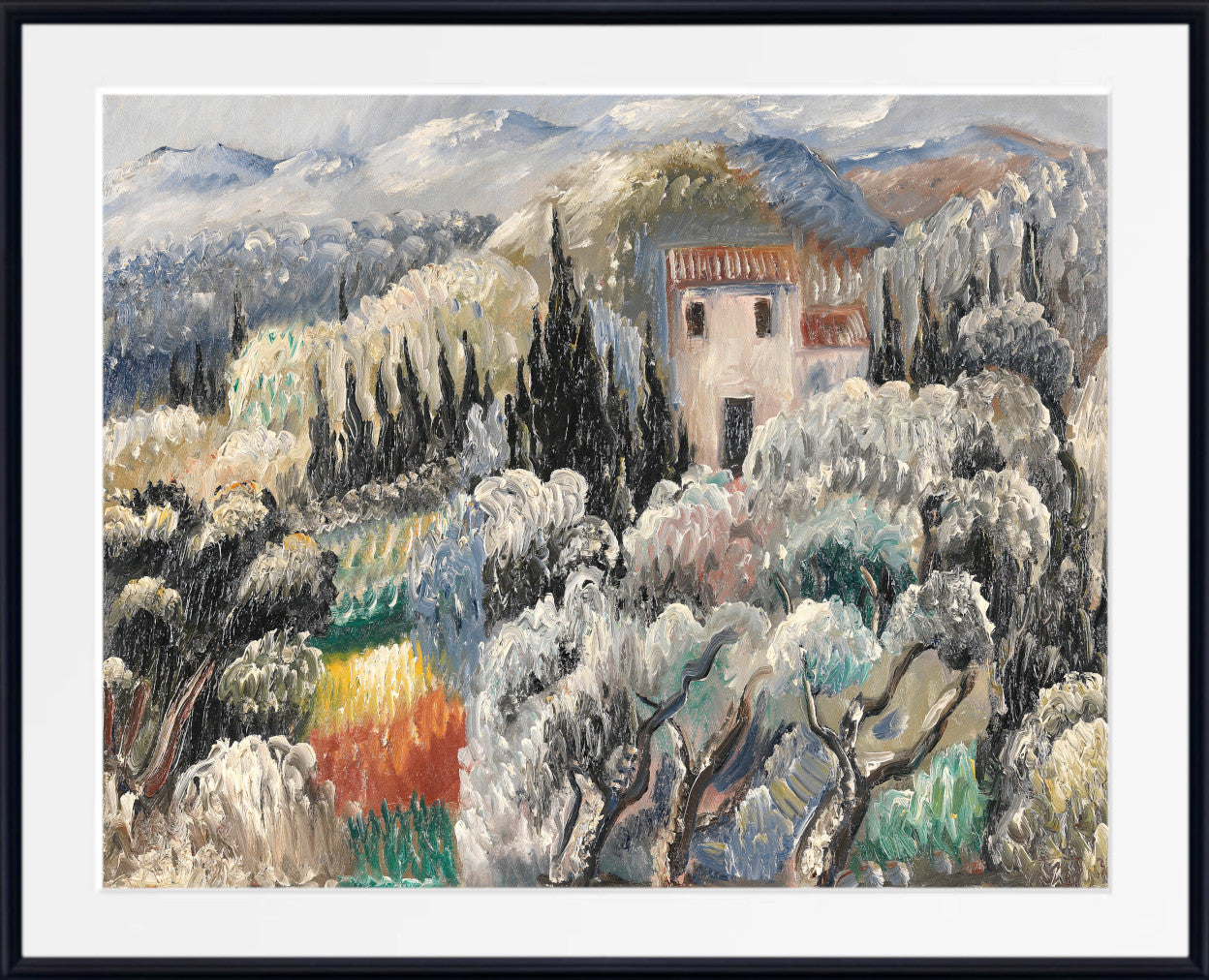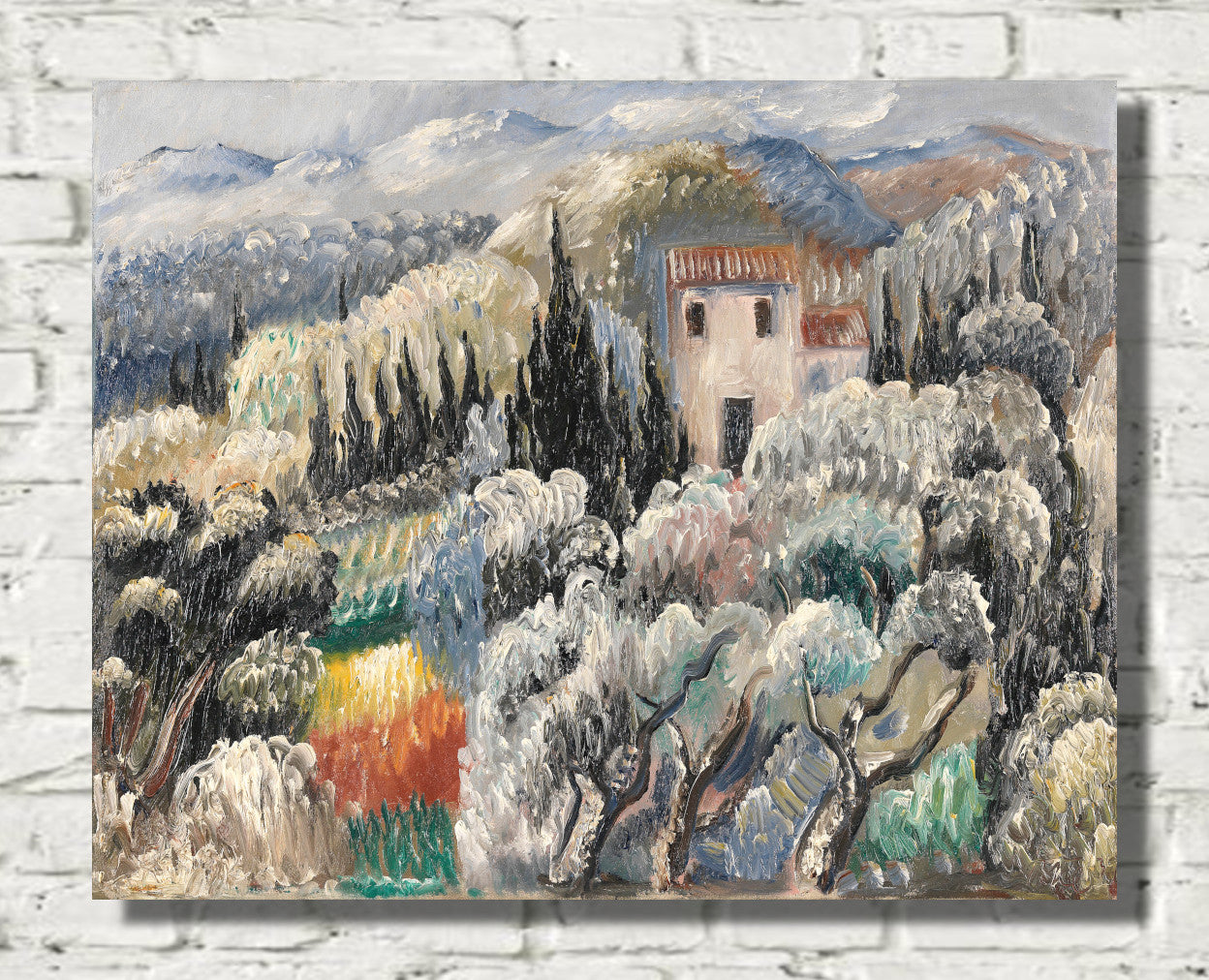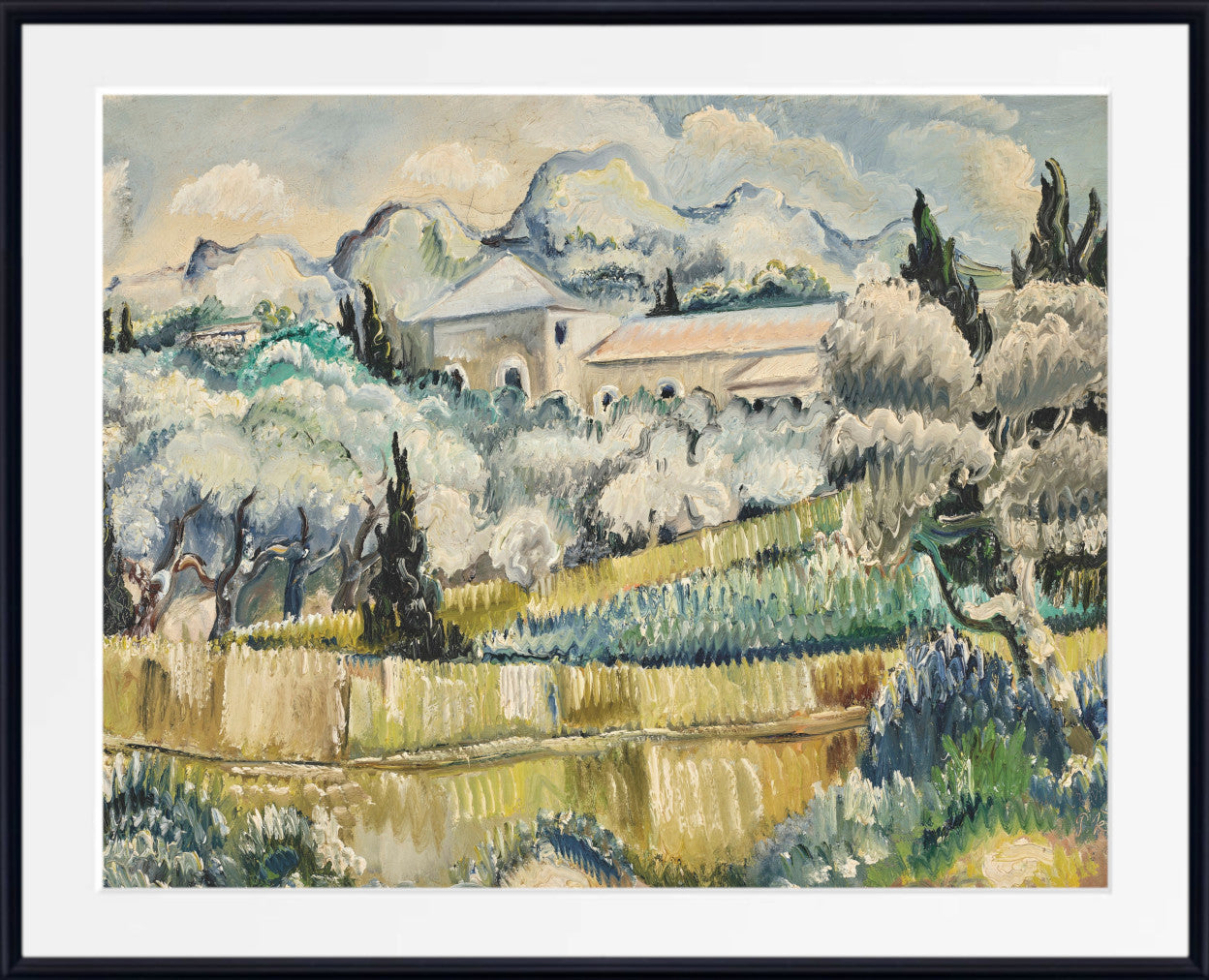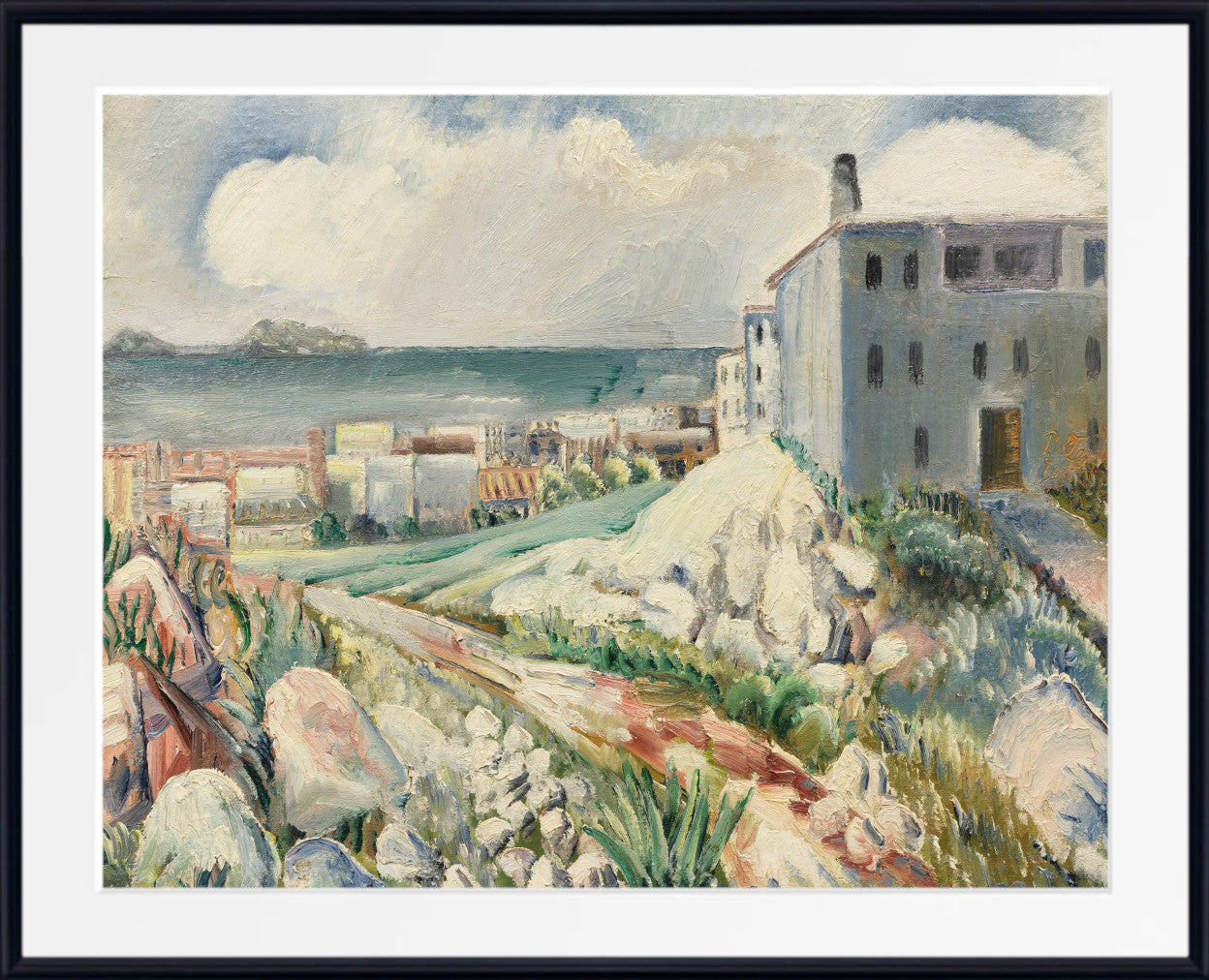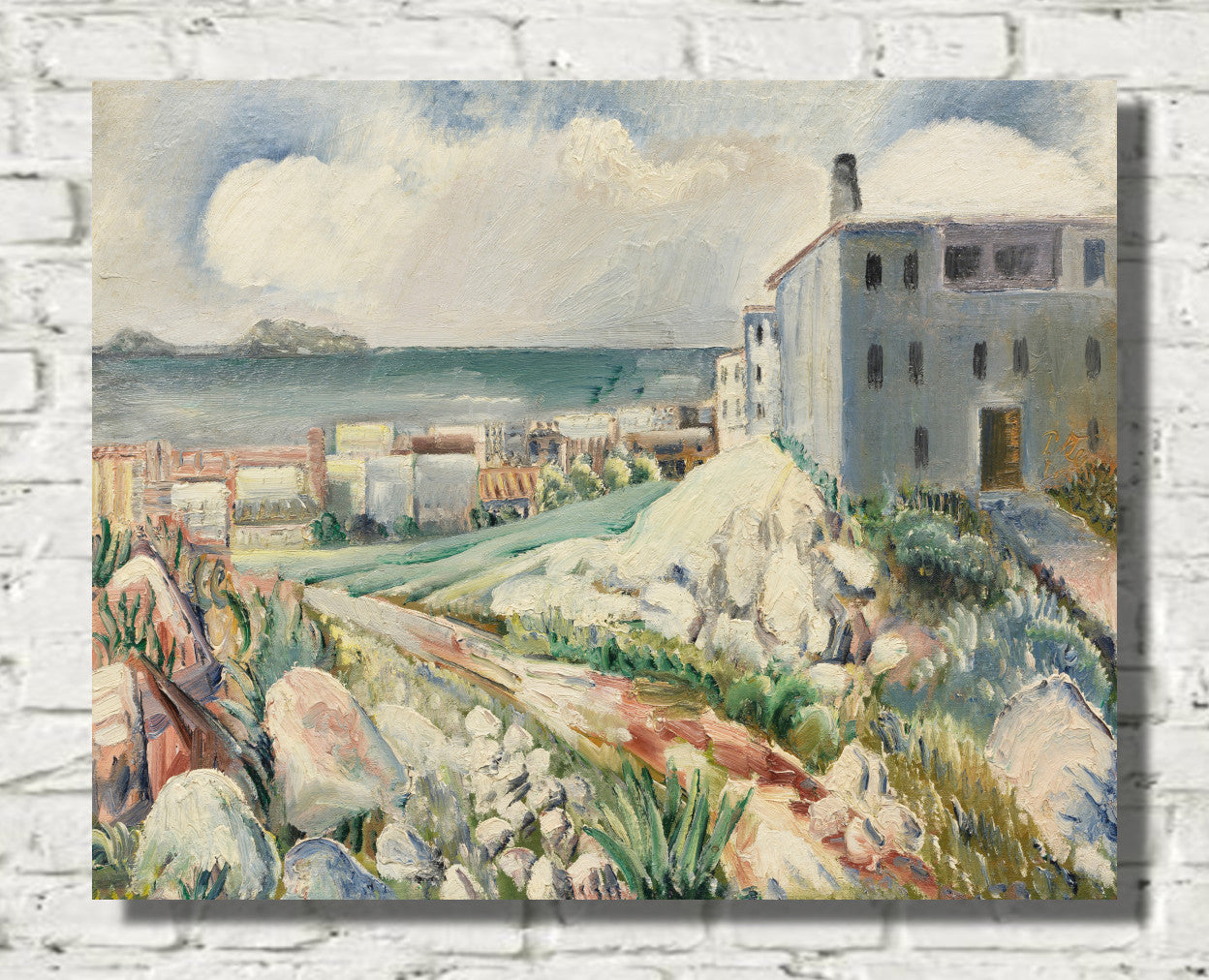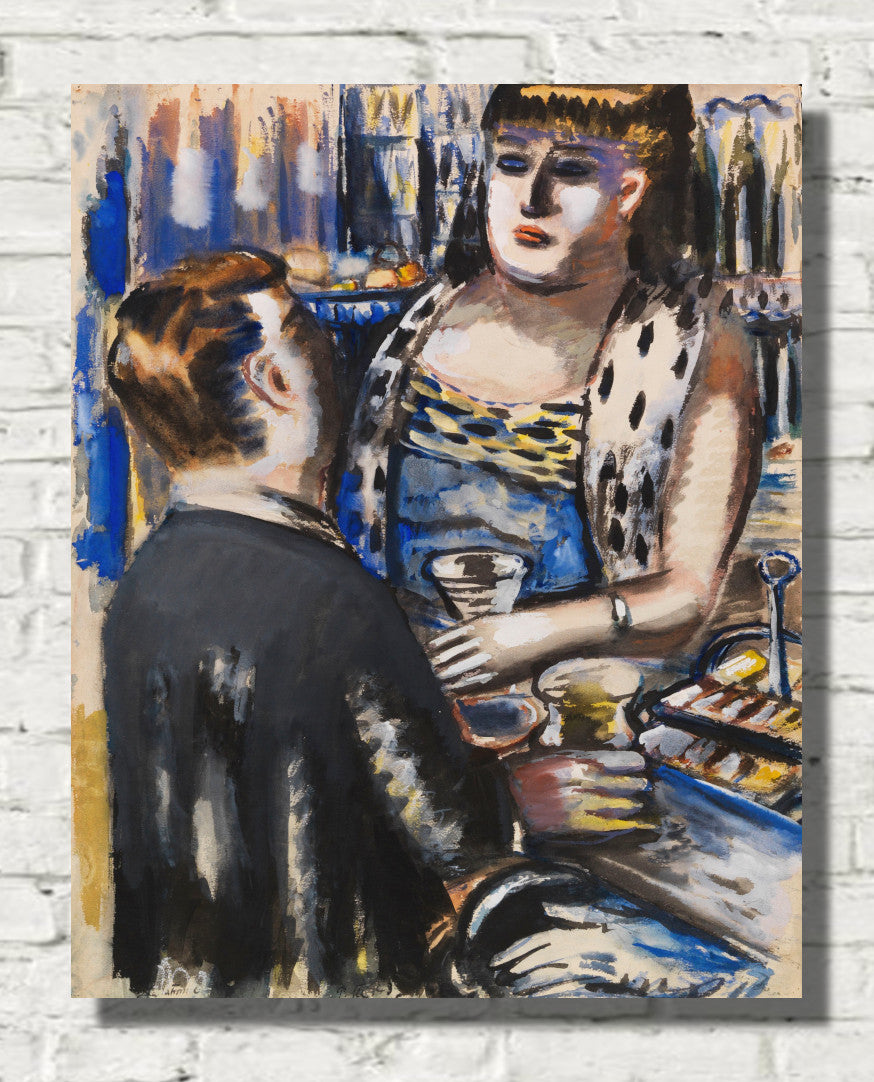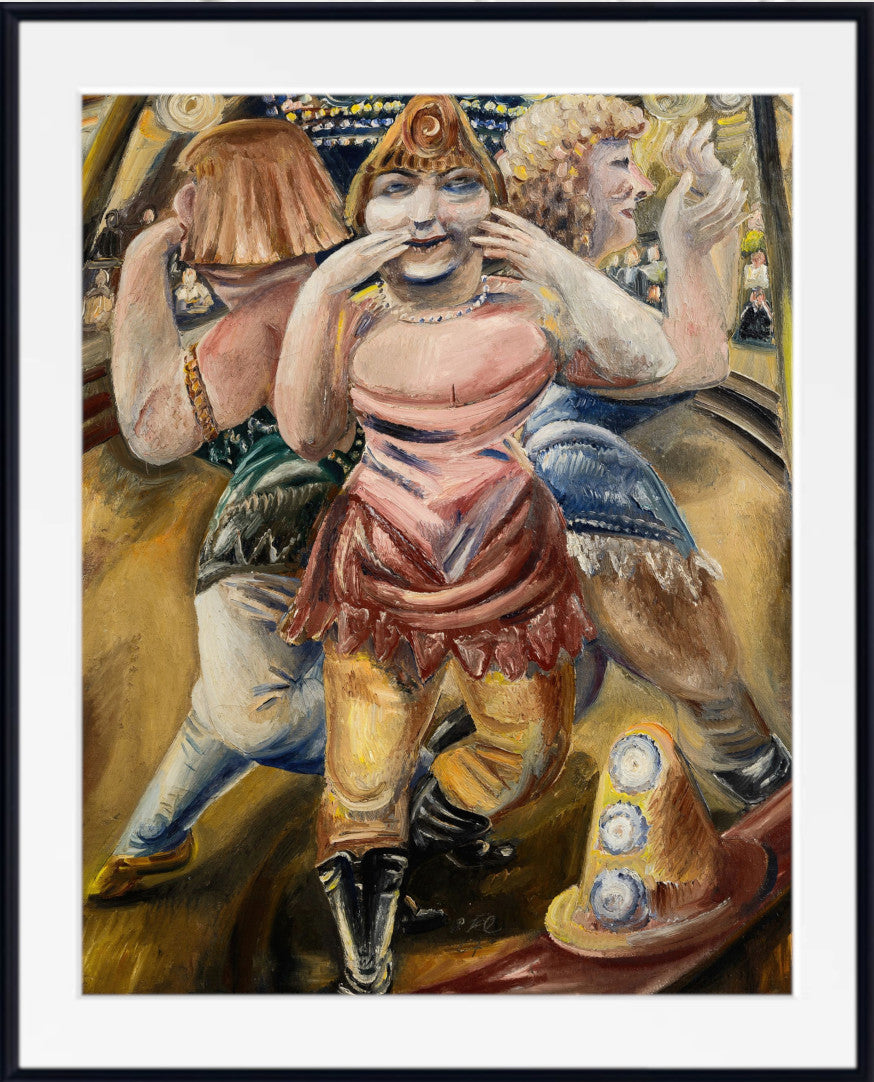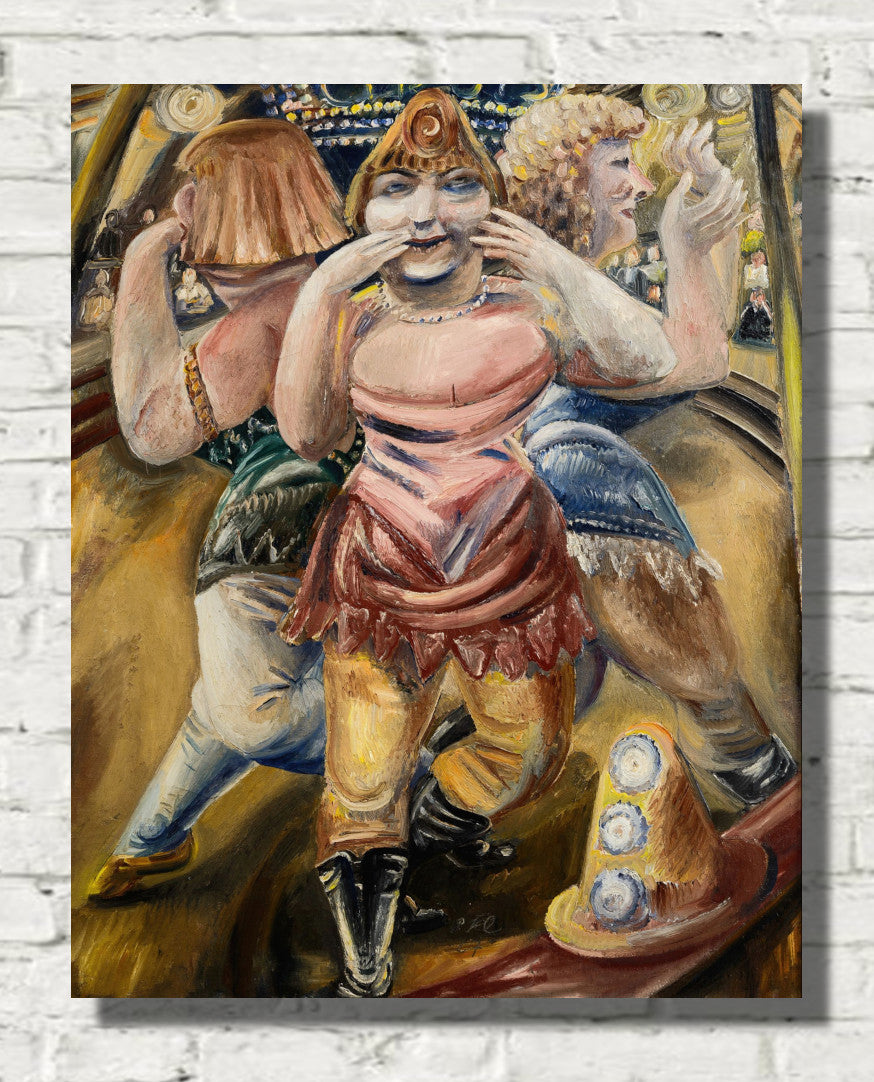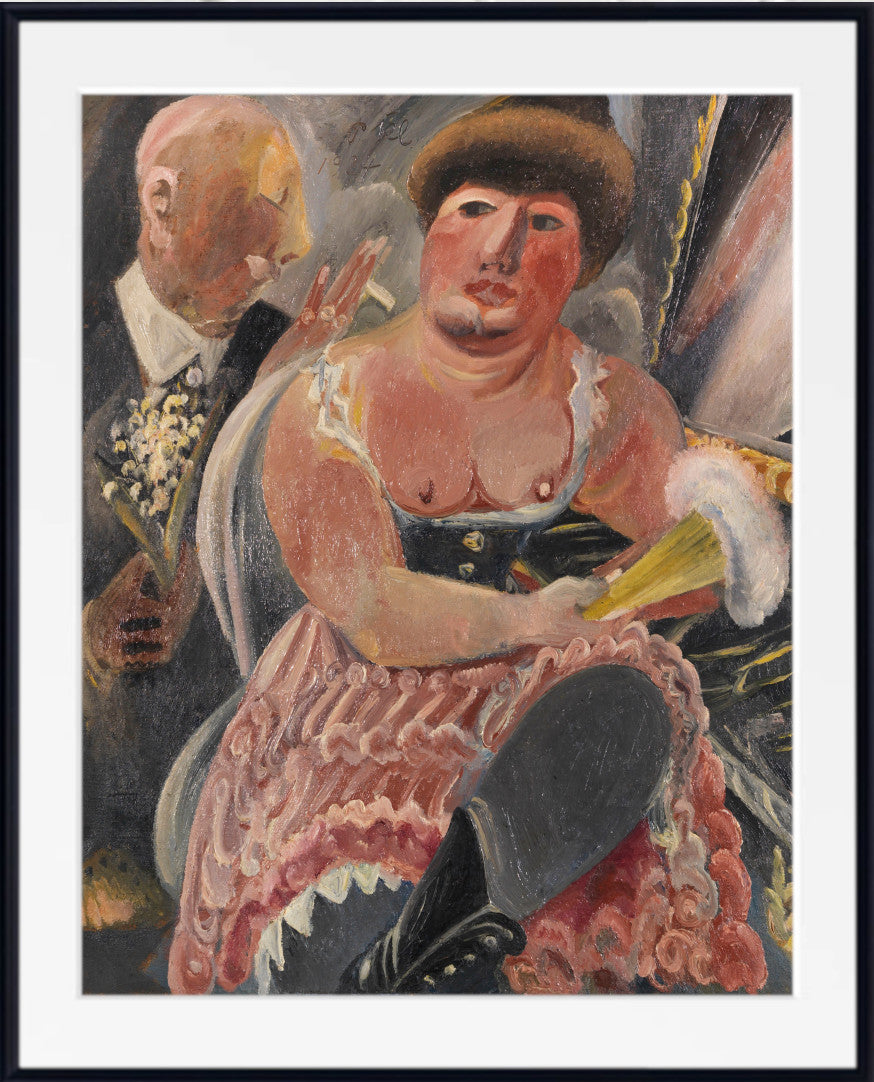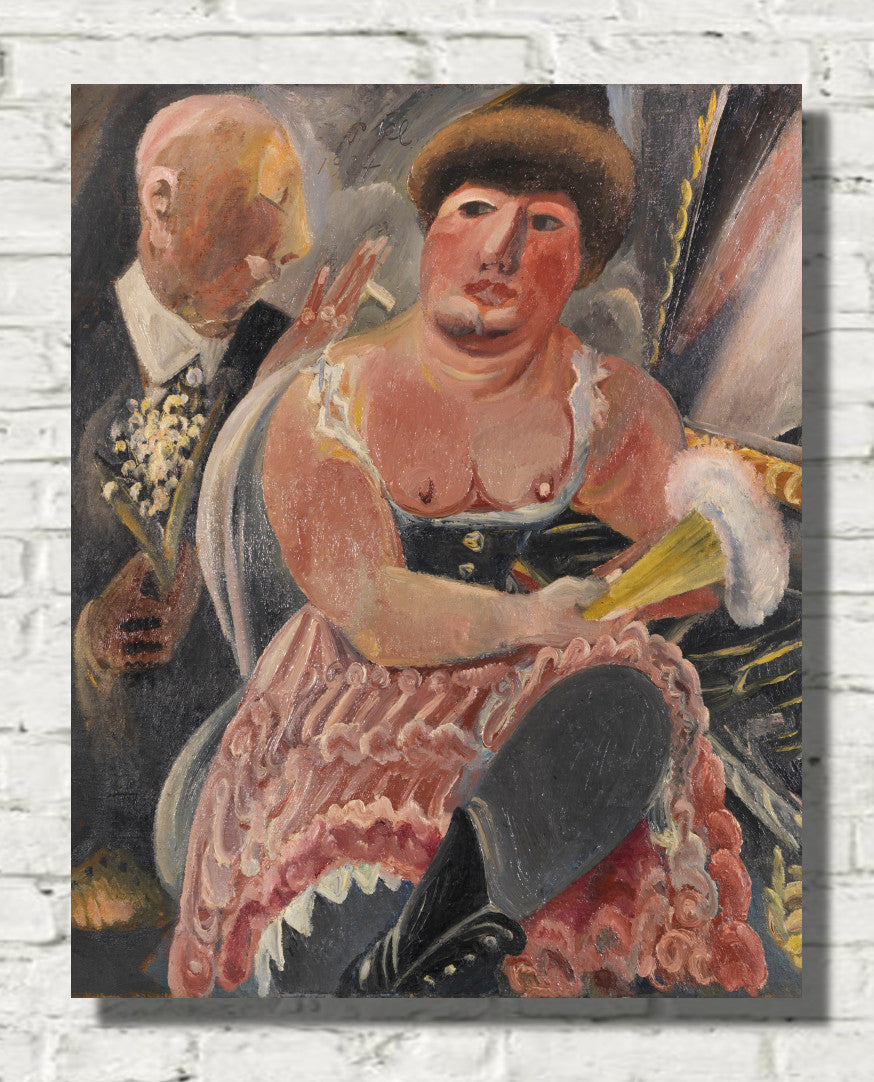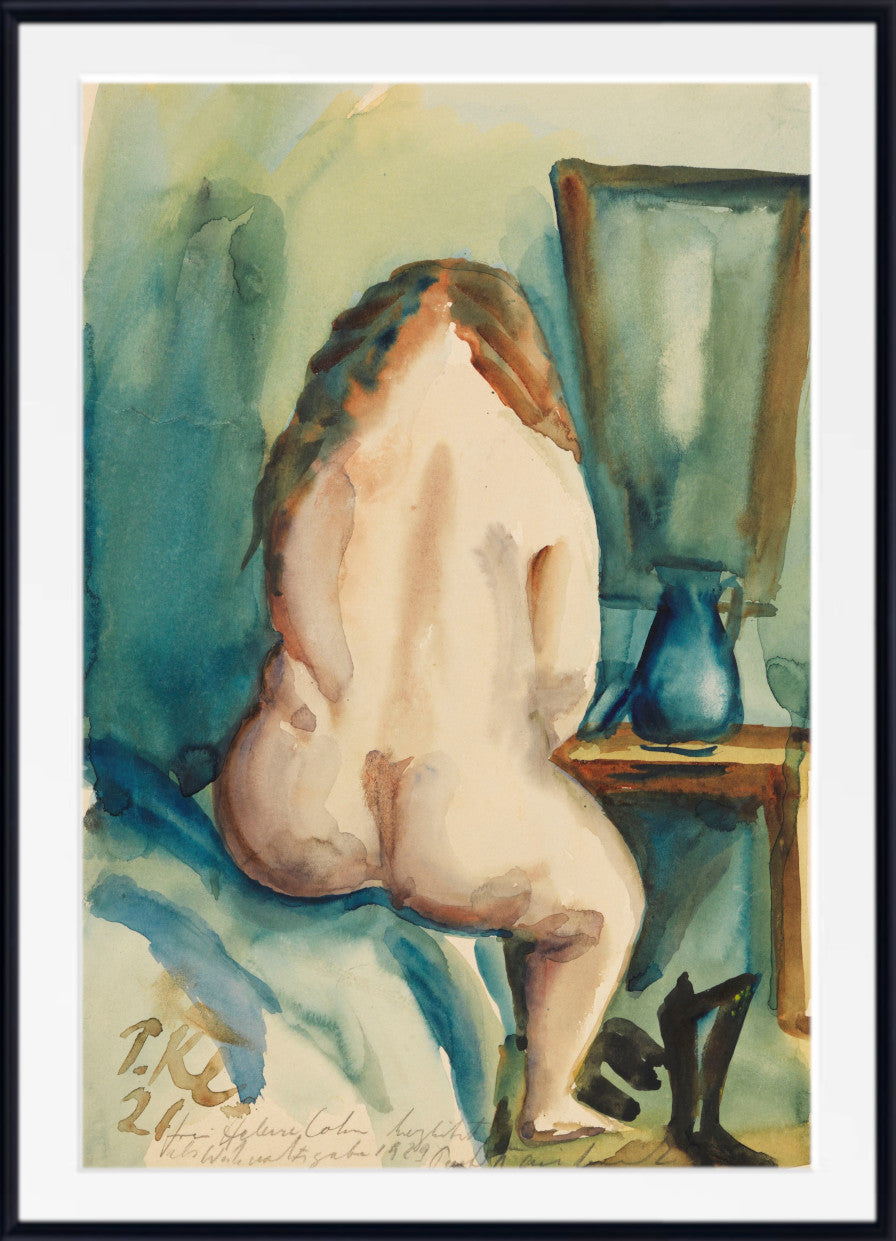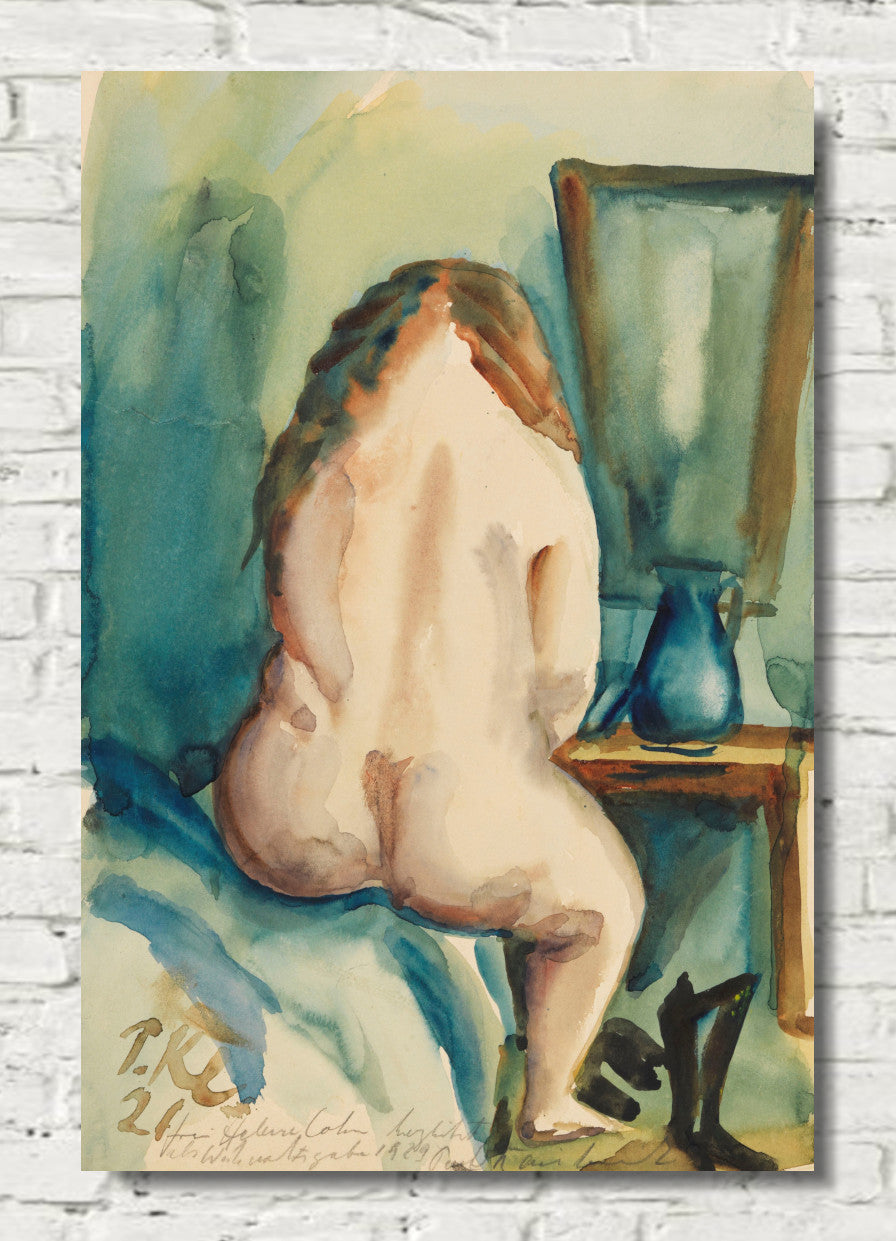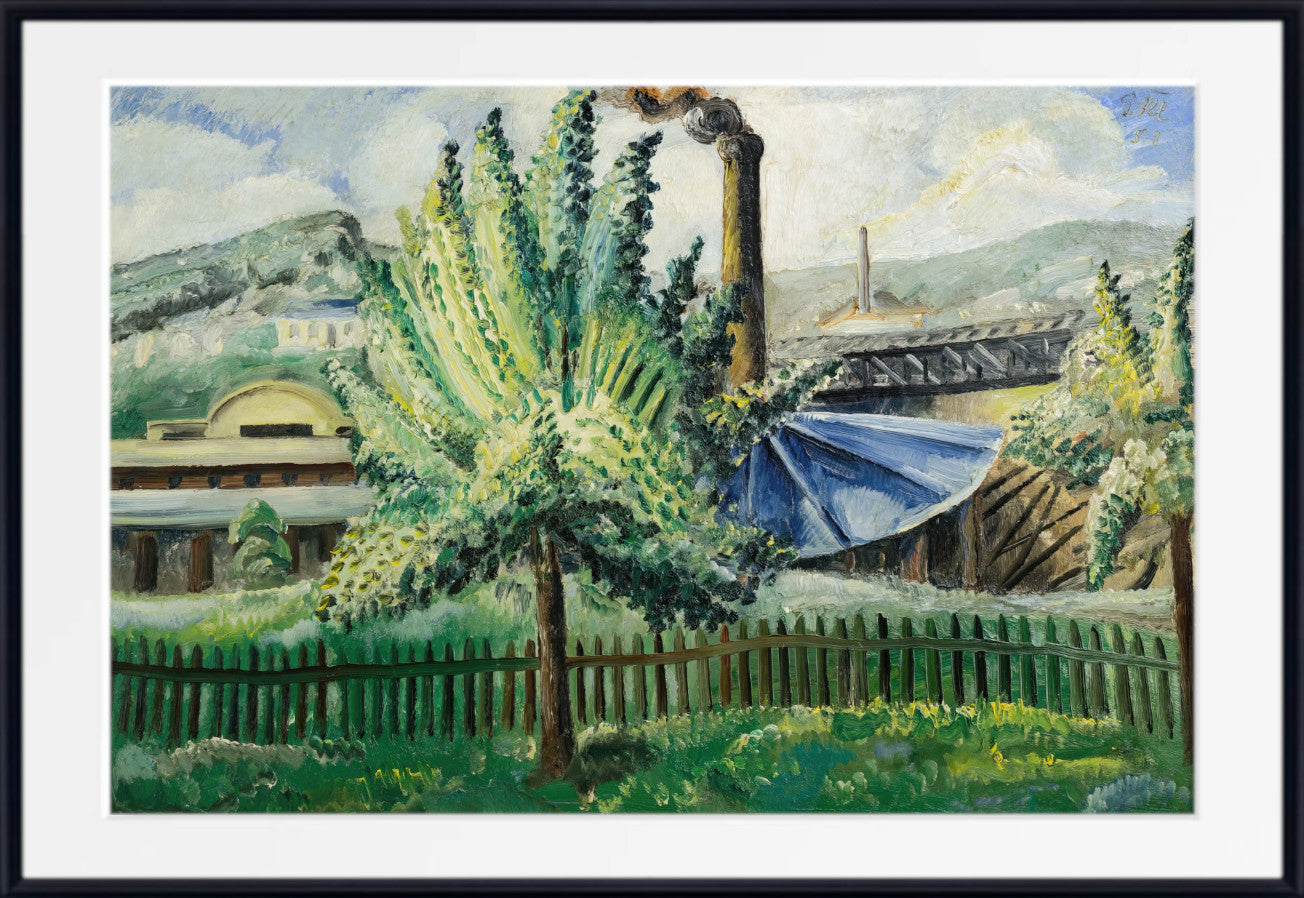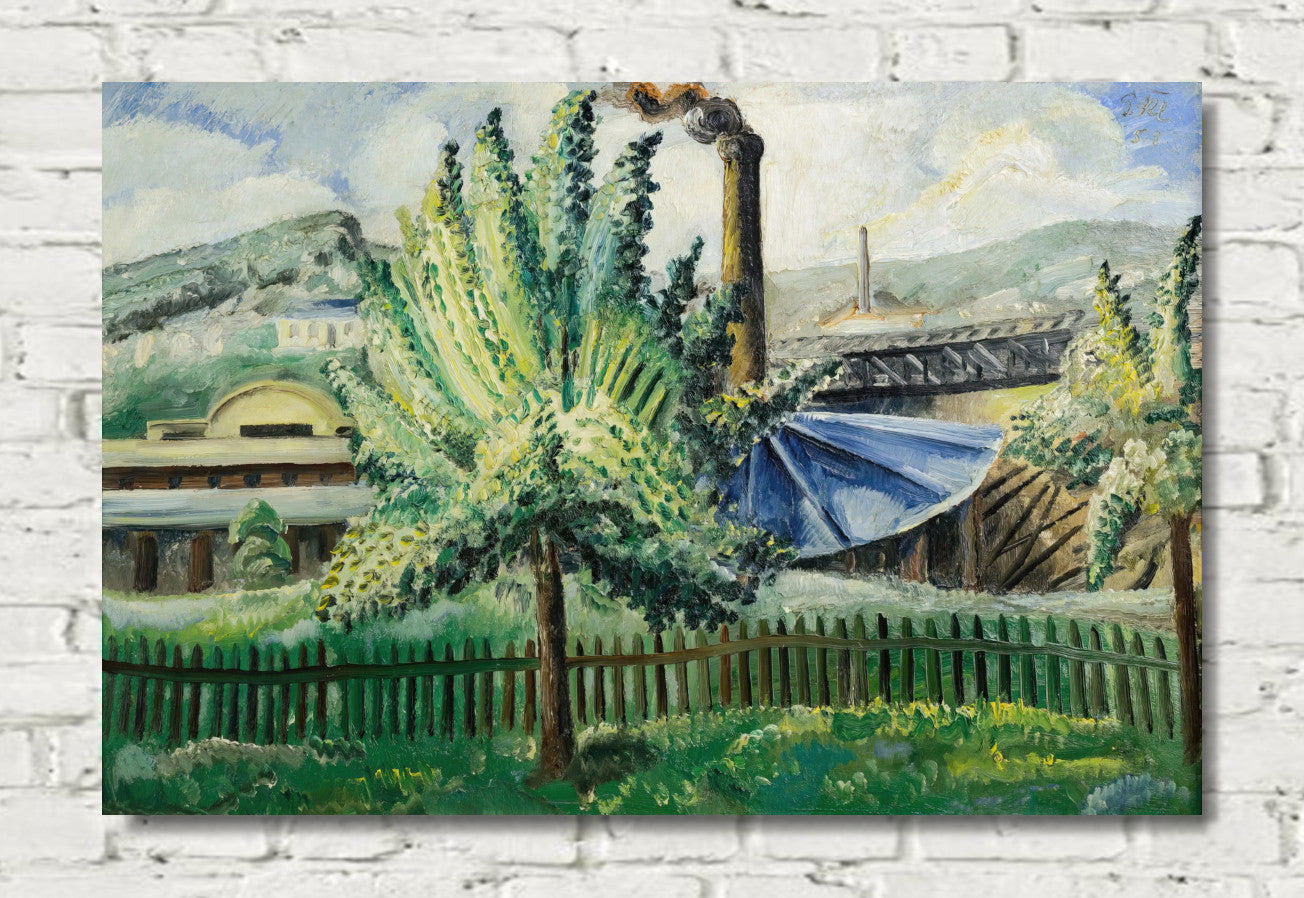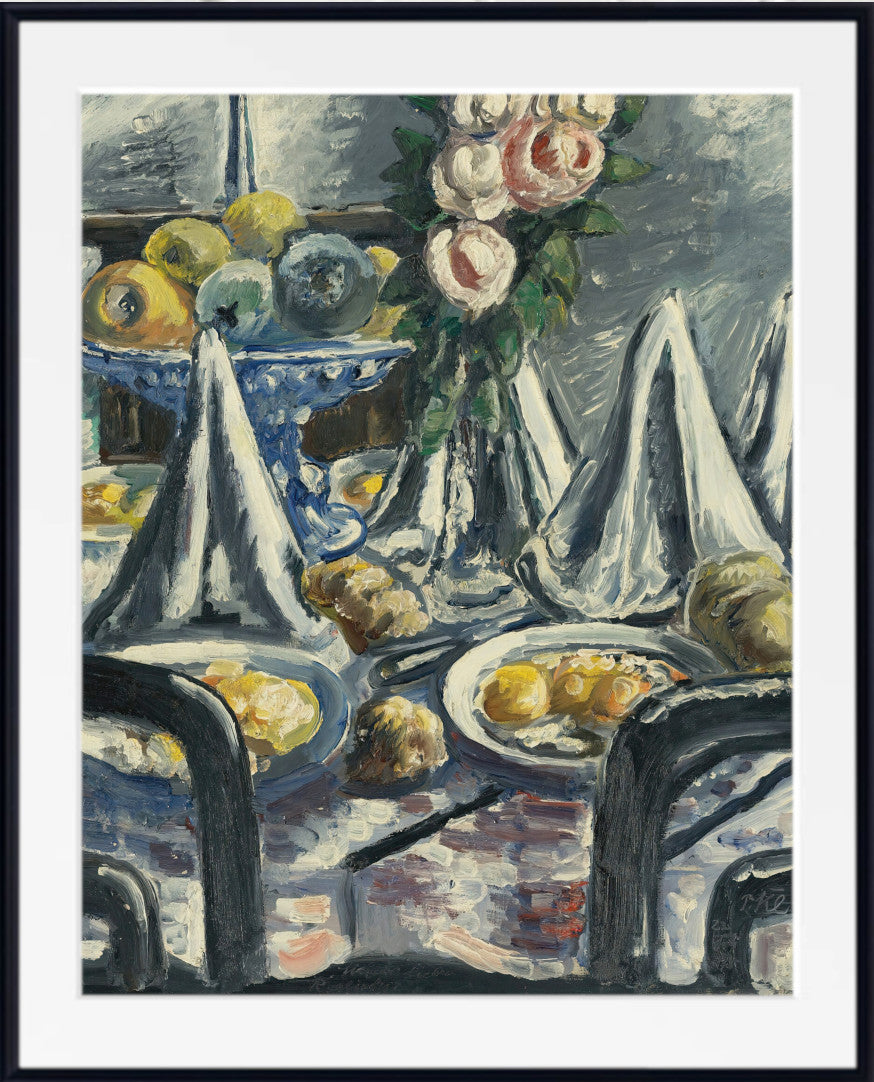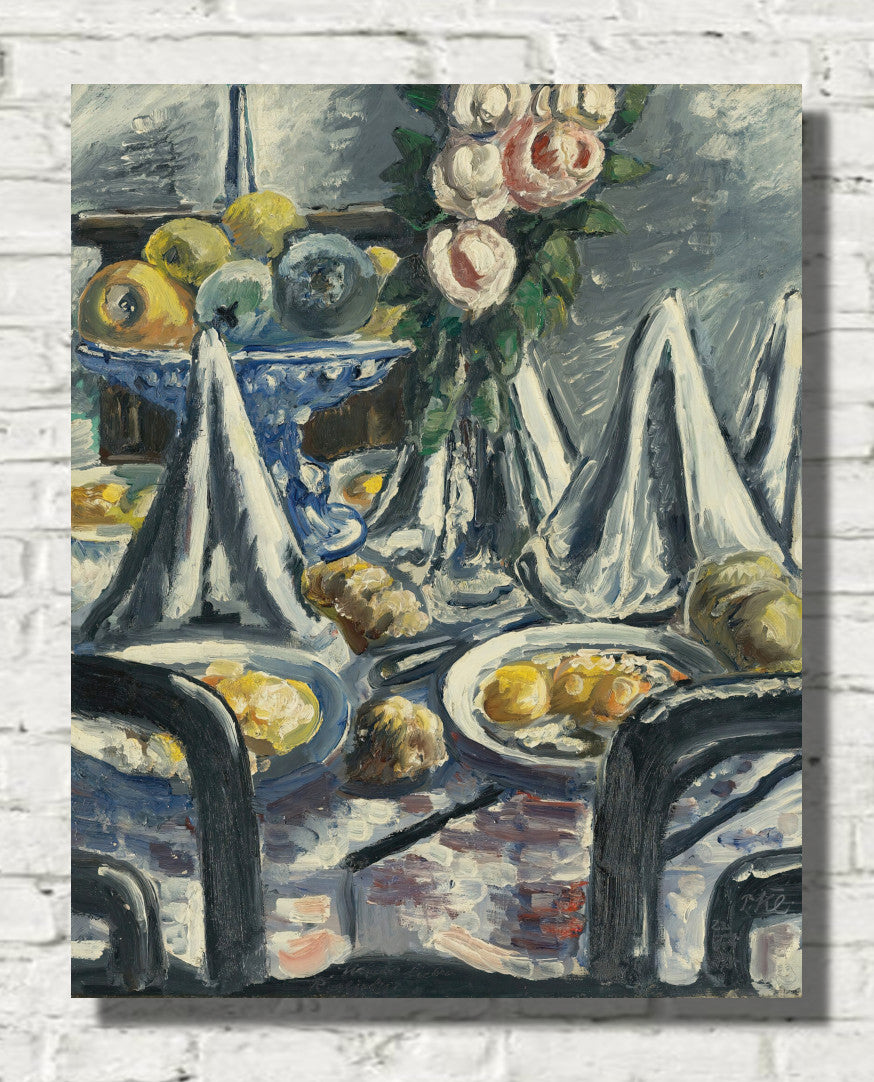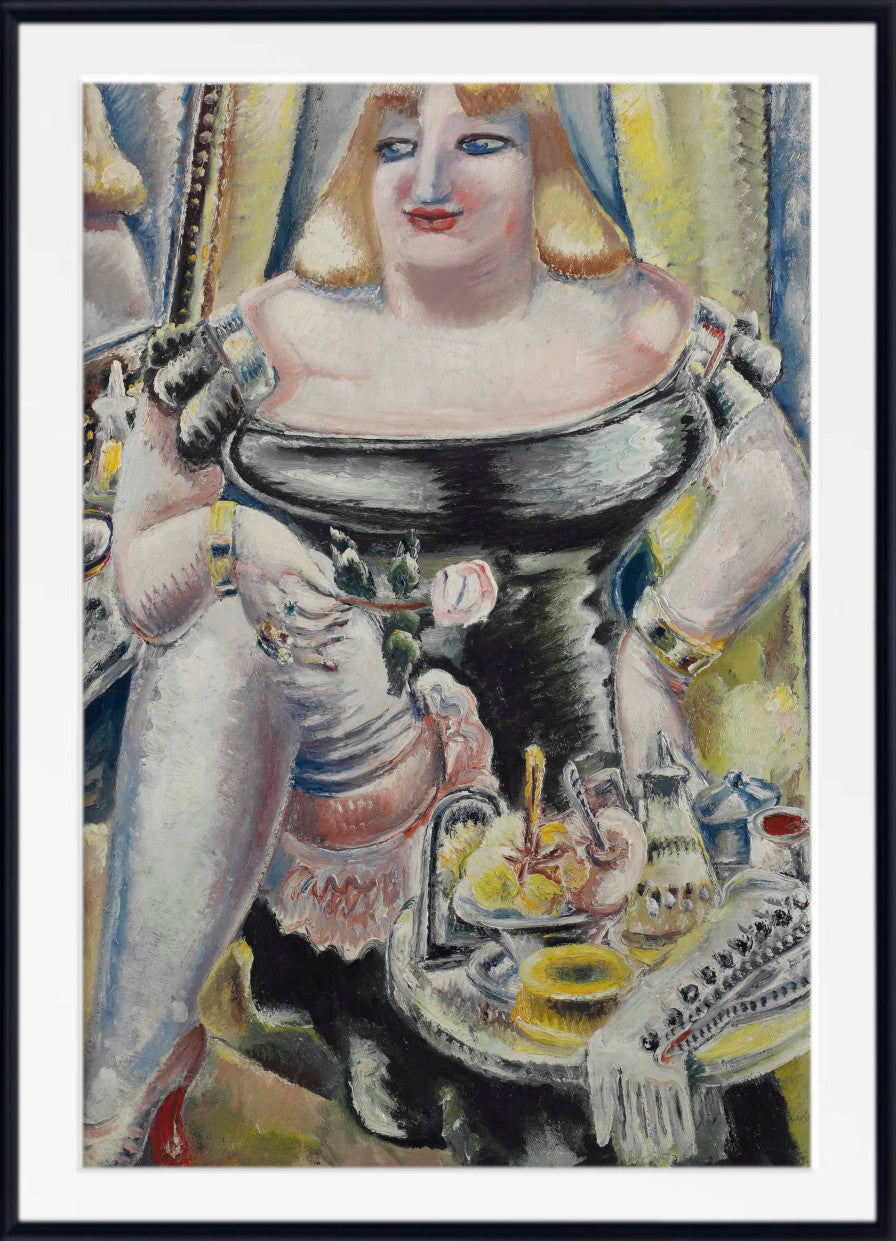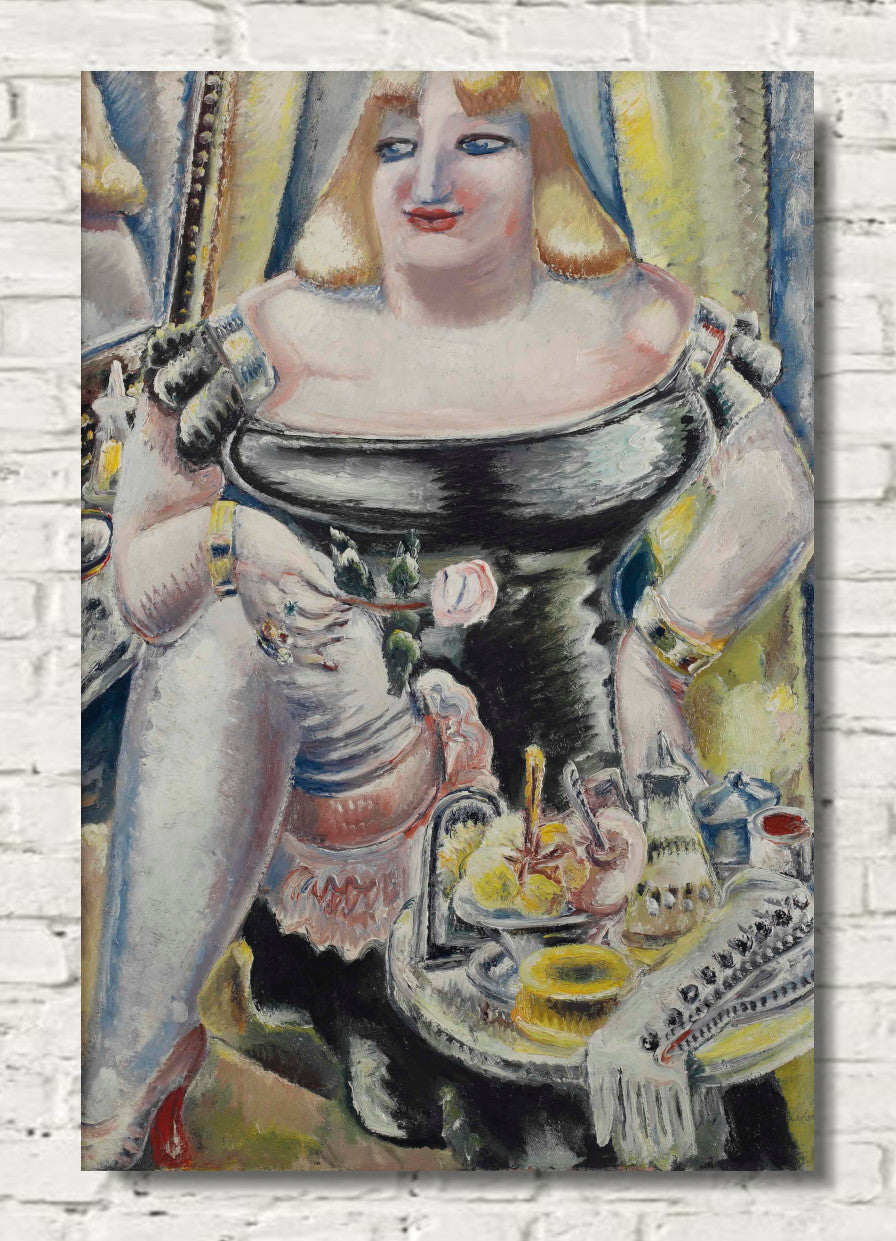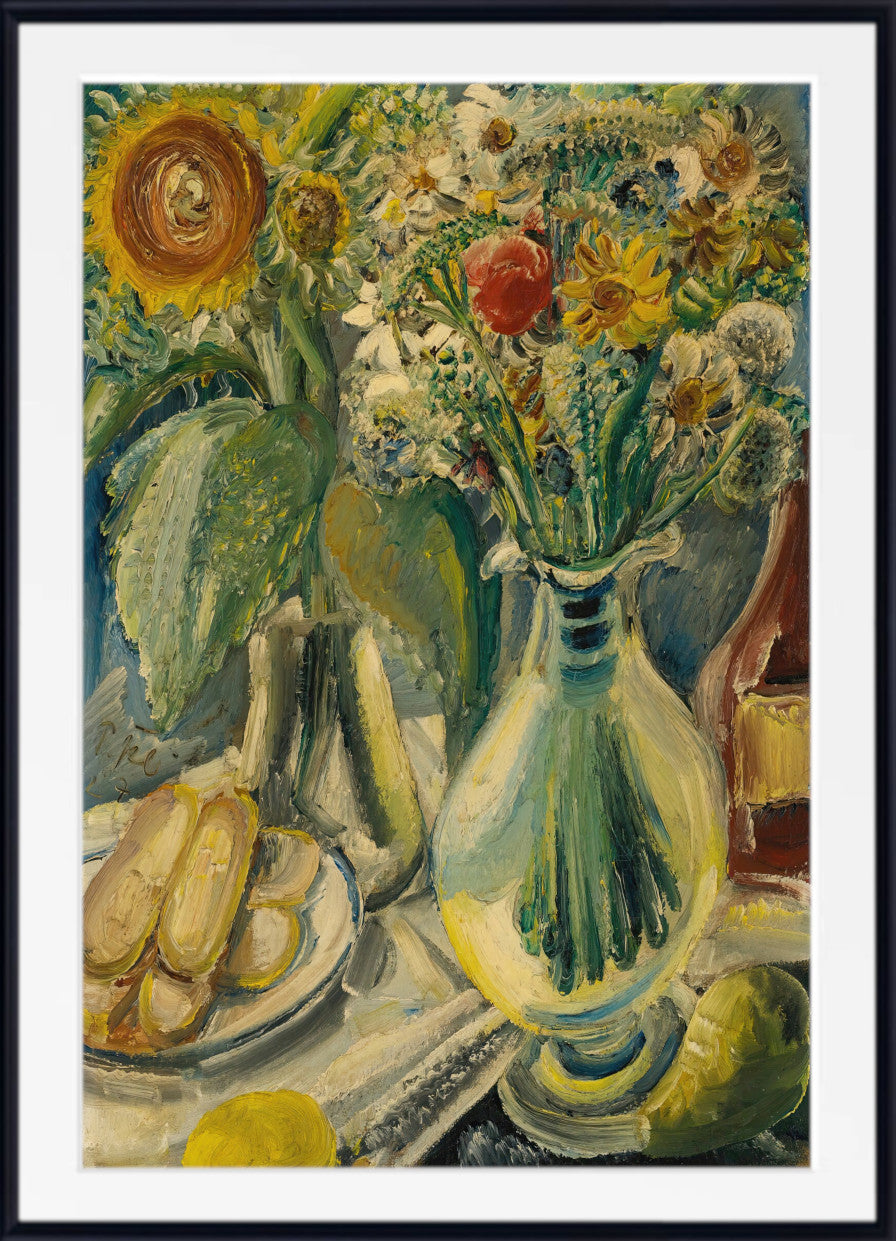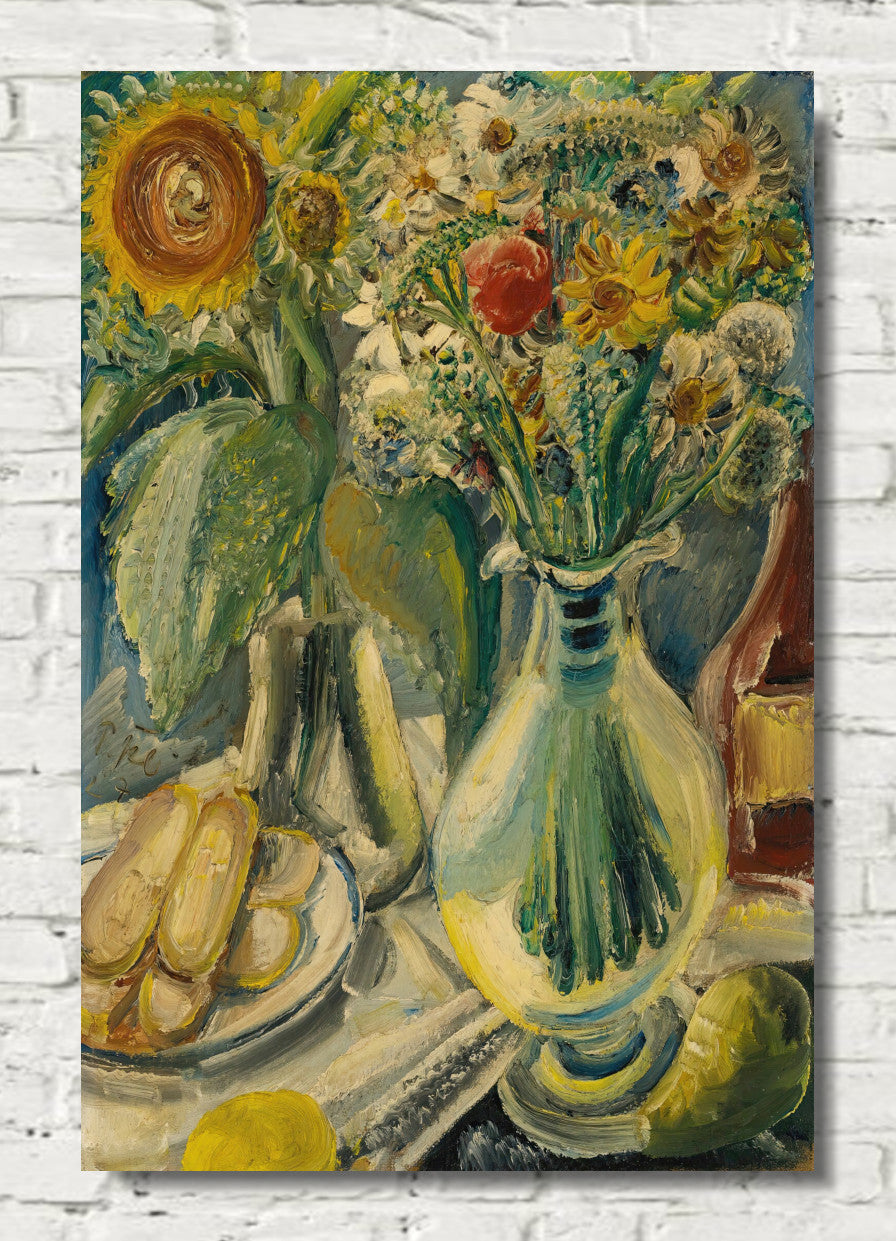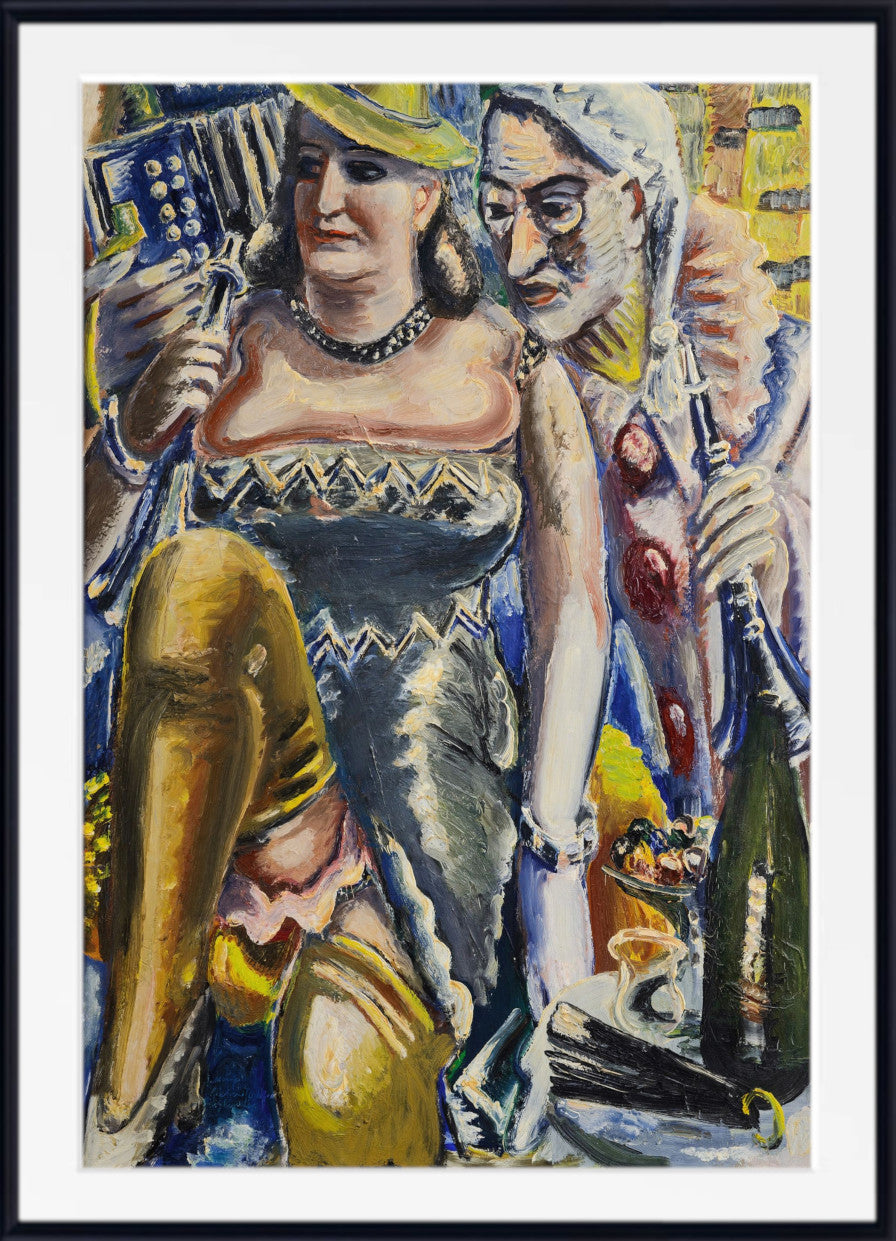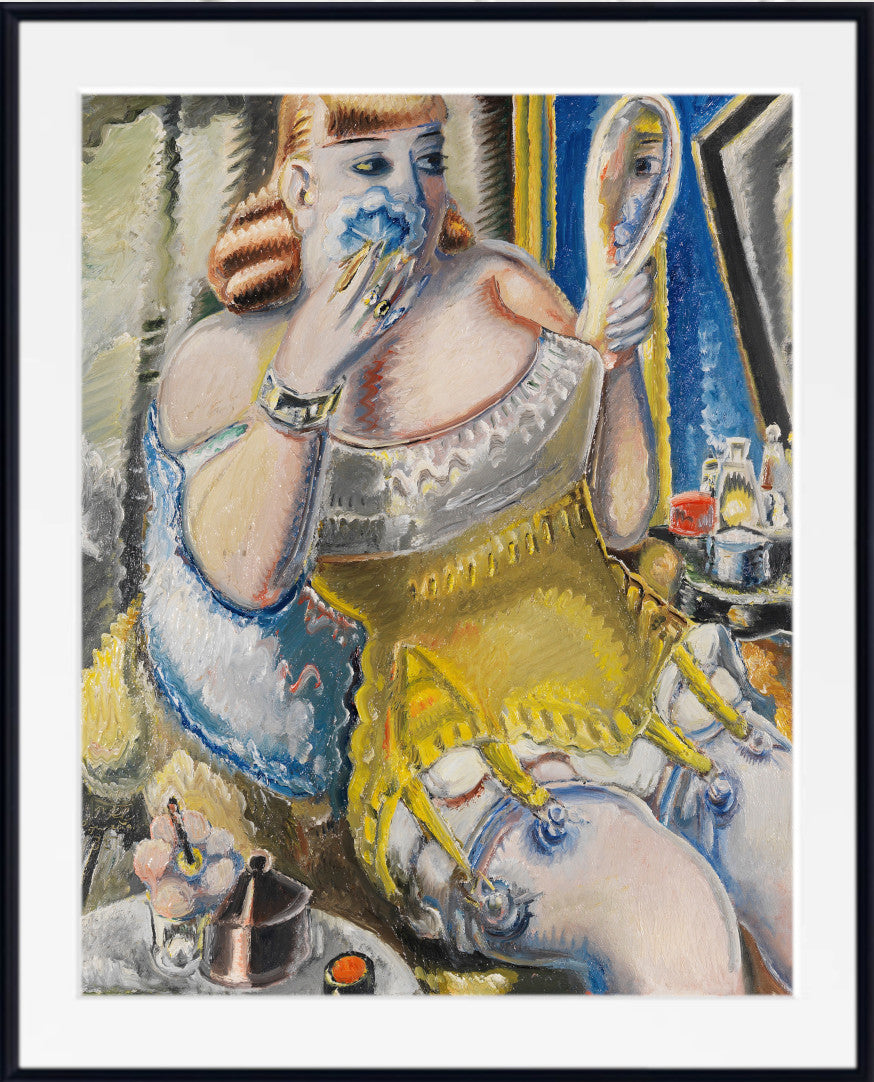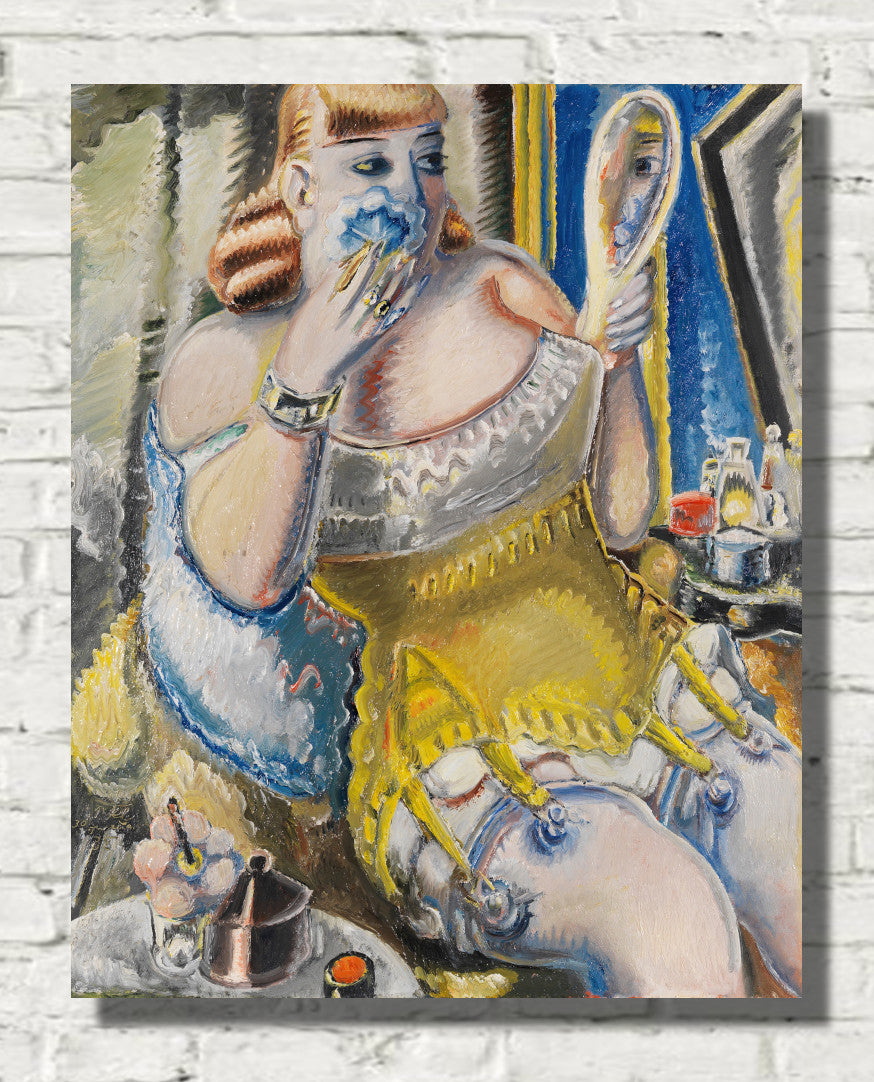Table of Contents:[hide]
Paul Kleinschmidt (1883–1949) was a notable figure in German Expressionism, whose vibrant yet unorthodox style captured the complexities of life during a tumultuous period in European history. Though not as widely recognized as some of his contemporaries, Kleinschmidt’s work remains a significant contribution to the German art scene of the early 20th century. His paintings often focused on the human condition, frequently portraying scenes from urban life, marked by bold colors and emotional intensity. This article delves into Kleinschmidt’s life, artistic evolution, and the legacy he left behind.
Early Life and Education
Born on July 31, 1883, in Bublitz, Pomerania (now part of Poland), Kleinschmidt grew up in a time of considerable social and political change in Germany. His early life was shaped by his father, a lithographer, which exposed him to the world of visual art from a young age. His initial studies were undertaken at the Academy of Fine Arts in Berlin, where he studied under the prominent artists of the era, including Lovis Corinth. This training provided him with a solid grounding in traditional painting techniques, which he would later break away from in favor of a more expressionist style.
Artistic Development and Influences
Kleinschmidt’s work straddles several artistic movements, including Realism, Impressionism, and eventually Expressionism. The early part of his career was marked by a fascination with portraiture and everyday scenes, often focusing on the lives of ordinary people in urban settings. His subjects—ranging from cabaret performers to workers and the bourgeoisie—were captured with raw emotion and often a sense of alienation.
By the 1920s, Kleinschmidt had developed a style distinctly his own. His use of thick, impasto brushstrokes, coupled with exaggerated forms and distorted proportions, aligned him with the Expressionist movement. However, unlike many Expressionists who leaned toward abstraction, Kleinschmidt maintained a strong connection to the physicality of his subjects. His vibrant color palette, combined with a keen sense of atmosphere, lent his work a unique emotional intensity.
Among the most significant influences on Kleinschmidt was the cabaret culture of Weimar Berlin. His depictions of these performances captured the hedonistic yet melancholic spirit of the time. In works such as "Cabaret Dancers" (1925), the garish lighting and exaggerated expressions evoke both the excitement and underlying despair of the performers.
Themes and Major Works
Kleinschmidt’s oeuvre is characterized by a recurring focus on the human figure, particularly women, often portrayed in sensuous yet grotesque forms. His depictions of the female body were not idealized; instead, they were imbued with a sense of realism and distortion that reflected the emotional and social tensions of the period.
One of Kleinschmidt’s major works, "The Bathers" (1927), illustrates this approach. The painting presents a group of women bathing, their bodies large and fleshy, with the forms exaggerated almost to the point of caricature. The scene is one of both relaxation and discomfort, the vibrant colors contrasting with the distorted figures, conveying a complex emotional undercurrent.
"Portrait of a Lady" (1930) is another example of Kleinschmidt’s skill in combining the personal and the grotesque. The subject’s heavily made-up face, oversized features, and intense gaze suggest both vulnerability and defiance, a common theme in his portraiture.
Kleinschmidt and the Weimar Republic
Kleinschmidt’s most productive period coincided with the height of the Weimar Republic (1919–1933), a time of both cultural flourishing and deep political instability in Germany. His work reflected the decadence and existential anxieties of this era. As a member of the Berlin Secession, he exhibited alongside other avant-garde artists, earning recognition for his distinctive expressionist style.
Despite this success, Kleinschmidt’s career was not without challenges. The rise of the Nazi regime in the early 1930s marked a turning point for many artists in Germany. Like other Expressionists, Kleinschmidt’s work was labeled "degenerate" by the Nazi government, which viewed modern art as subversive and antithetical to its ideological goals. Many of his paintings were removed from museums, and his career in Germany effectively came to a halt.
Exile and Later Life
With the Nazi crackdown on modern art, Kleinschmidt’s professional opportunities in Germany diminished rapidly. In 1936, he emigrated to France, where he continued to paint but struggled to regain the prominence he had achieved in the Weimar years. His work during this period grew darker, reflecting the personal and political turmoil of his exile. Kleinschmidt’s health declined, and he lived in relative obscurity during his final years.
Despite these hardships, Kleinschmidt continued to produce art until his death in 1949. Though often overlooked in the broader history of German Expressionism, his work has been reevaluated in recent decades, with critics and historians recognizing the depth and complexity of his artistic vision.
Legacy
Today, Paul Kleinschmidt’s work is appreciated for its distinctive style and emotional depth. His ability to convey the complexities of human experience through his exaggerated, colorful forms places him firmly within the German Expressionist tradition, while also setting him apart for his unflinching portrayal of the social realities of his time. His art, often oscillating between the grotesque and the beautiful, offers a powerful commentary on the human condition, making him a vital—if underappreciated—figure in early 20th-century art.
Kleinschmidt’s legacy endures through collections in various museums, including the Berlin National Gallery and the Museum of Modern Art in New York. His work continues to influence contemporary artists, particularly those drawn to the emotional intensity and vivid expression that characterized his unique contribution to German Expressionism.
Conclusion
Paul Kleinschmidt may not enjoy the same level of fame as other Expressionist painters like Ernst Ludwig Kirchner or Egon Schiele, but his work remains a crucial part of the movement. His vivid, often unsettling portrayals of life in early 20th-century Germany offer a window into the emotional and social struggles of his time. By exploring the grotesque beauty of everyday life, Kleinschmidt left an indelible mark on the art world, one that continues to resonate with audiences today.
Related Articles
Expressionism Art Movement

